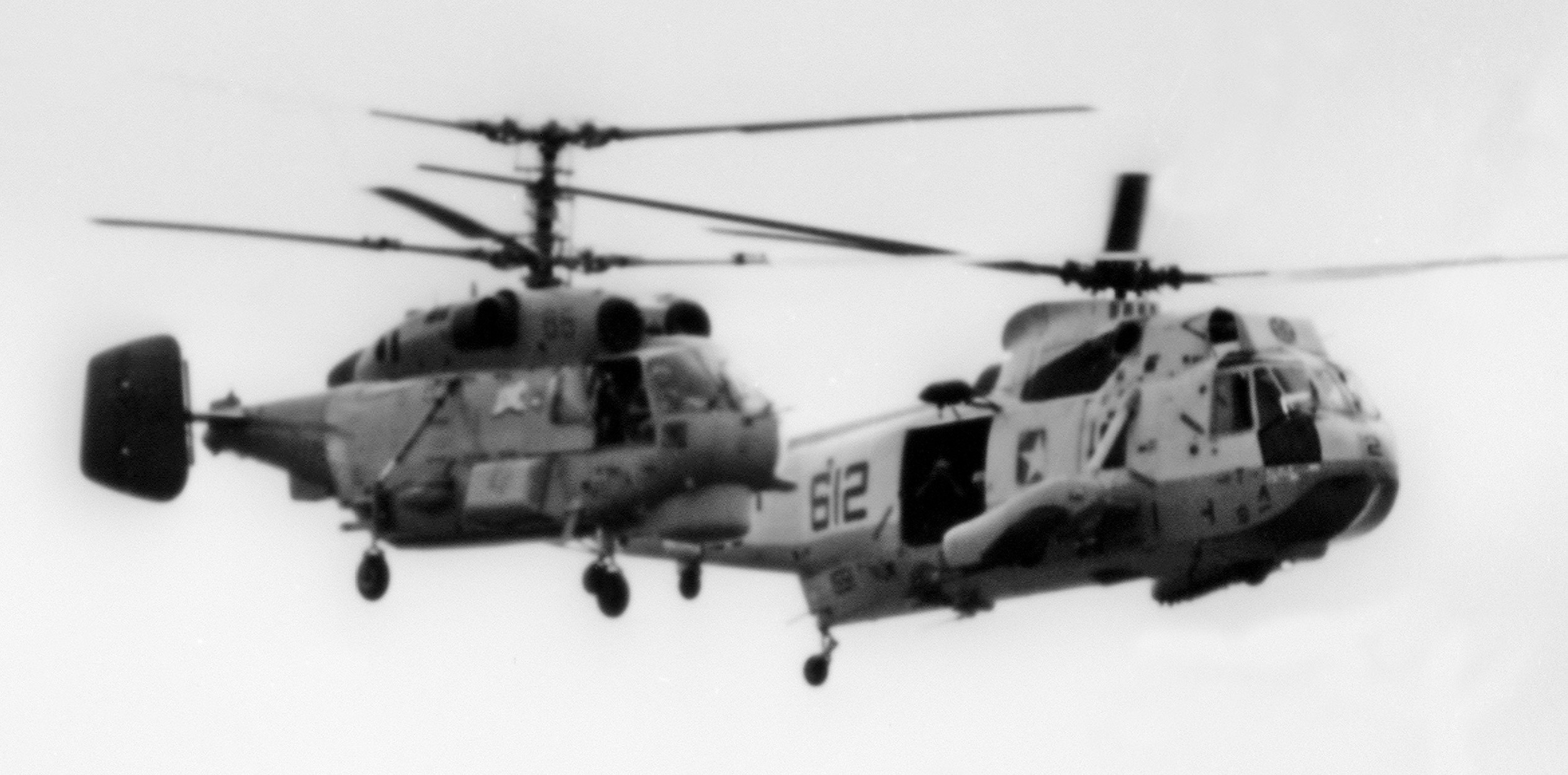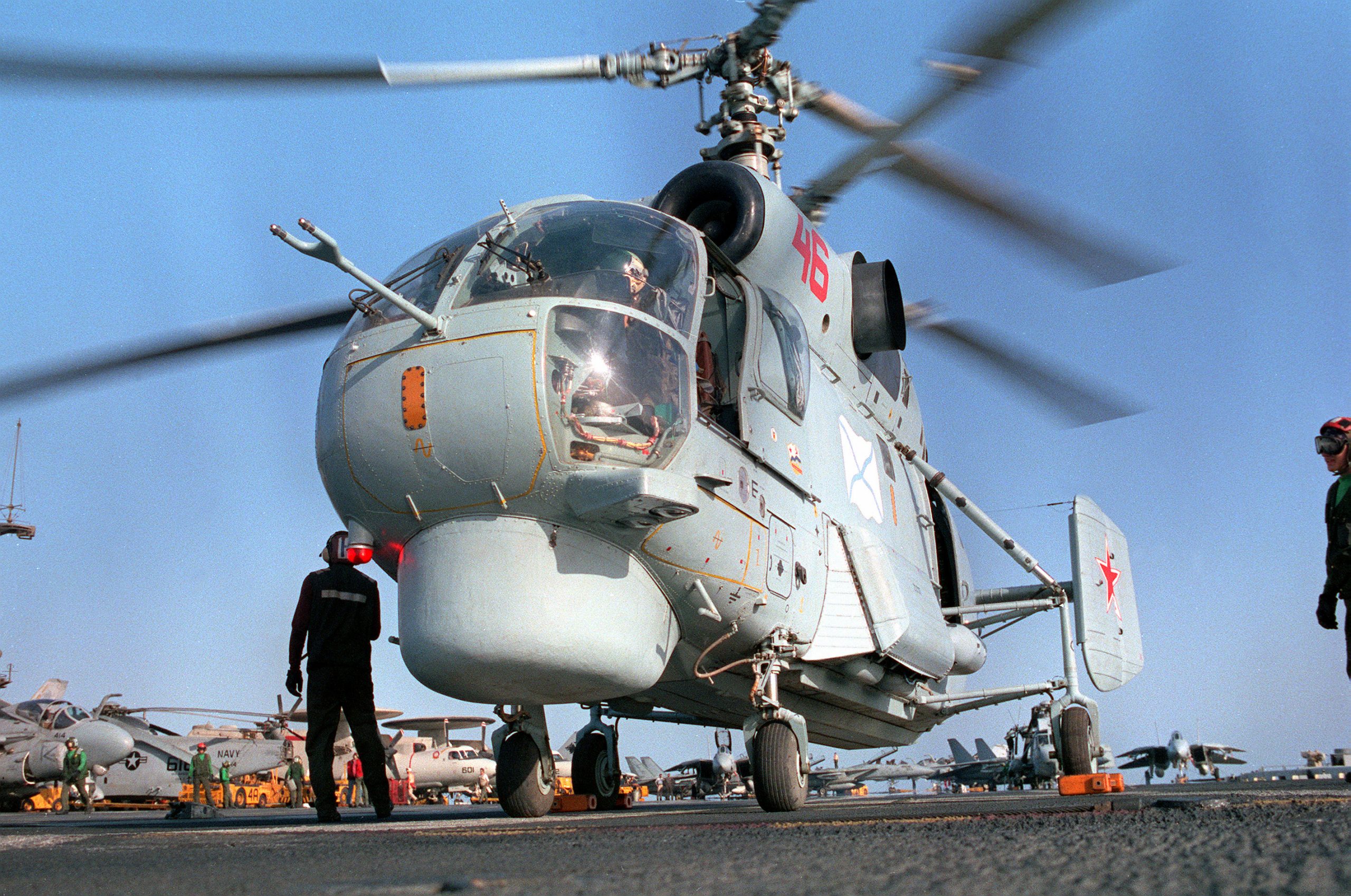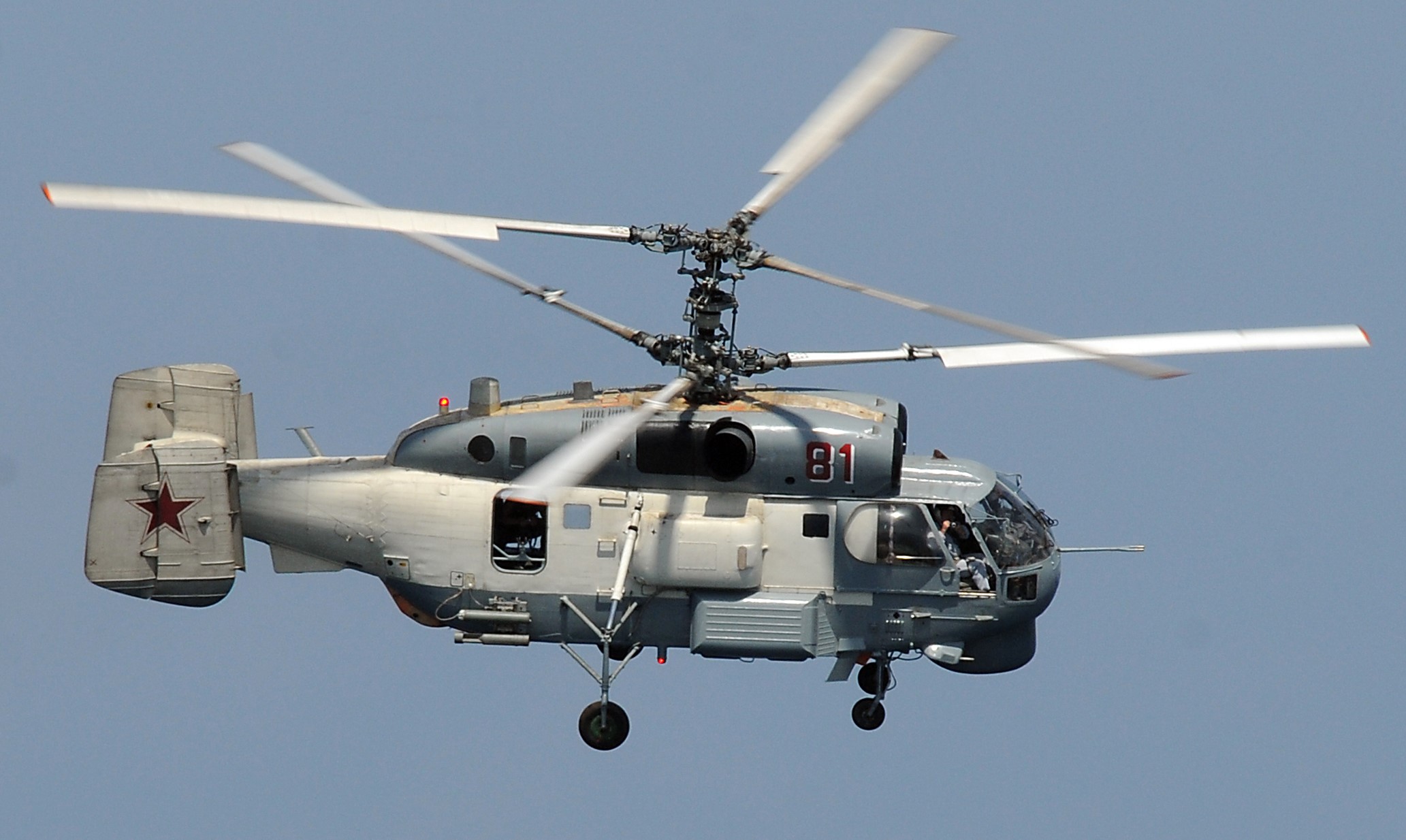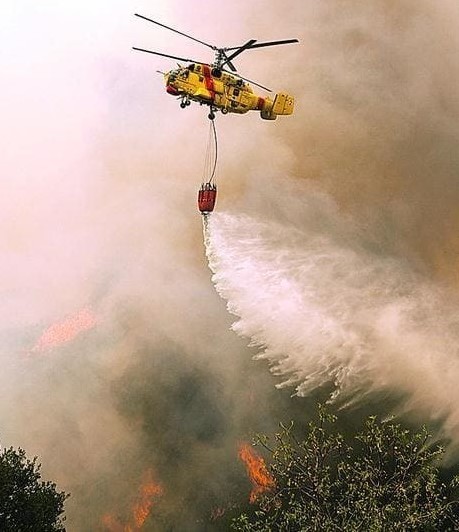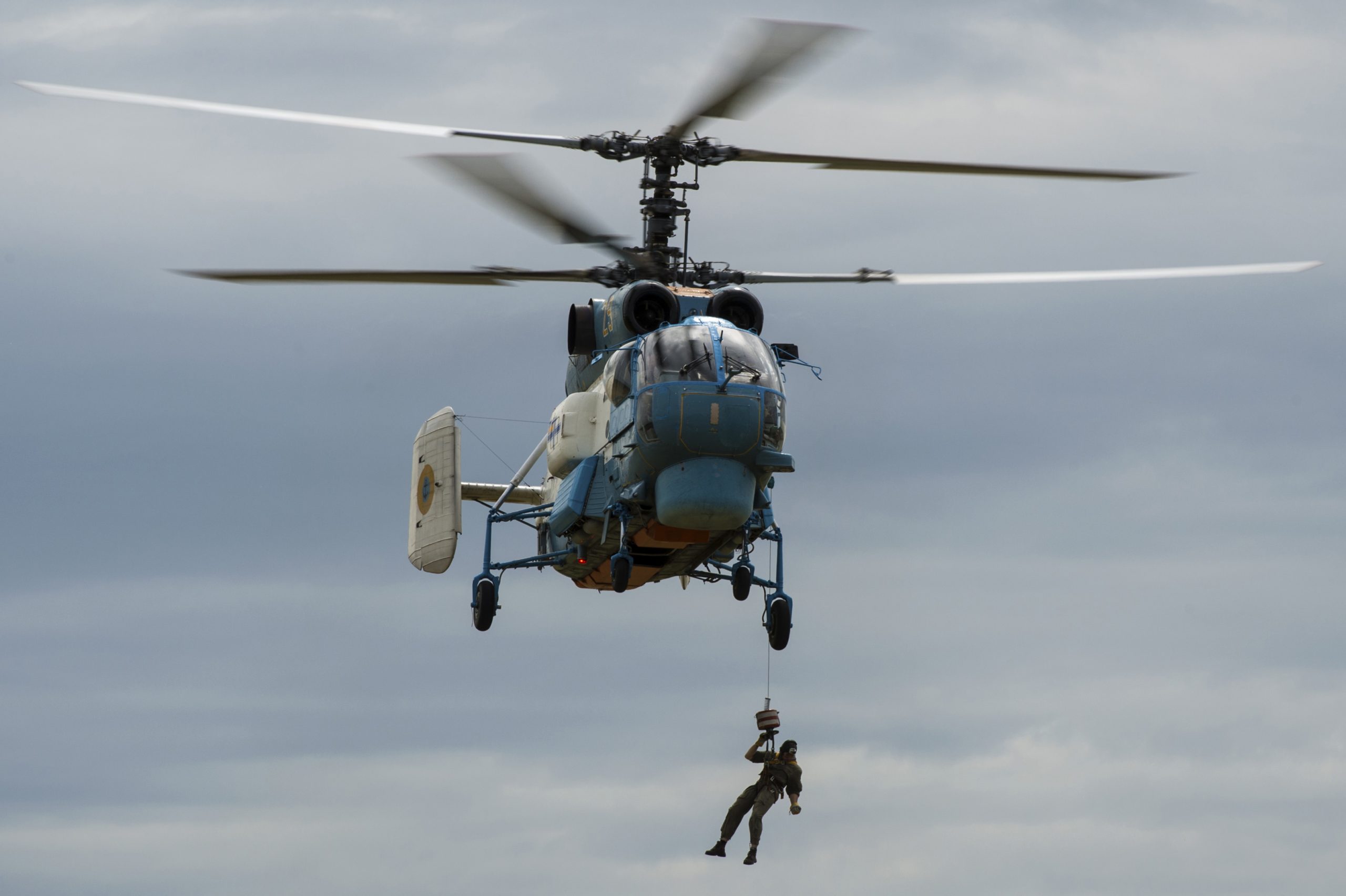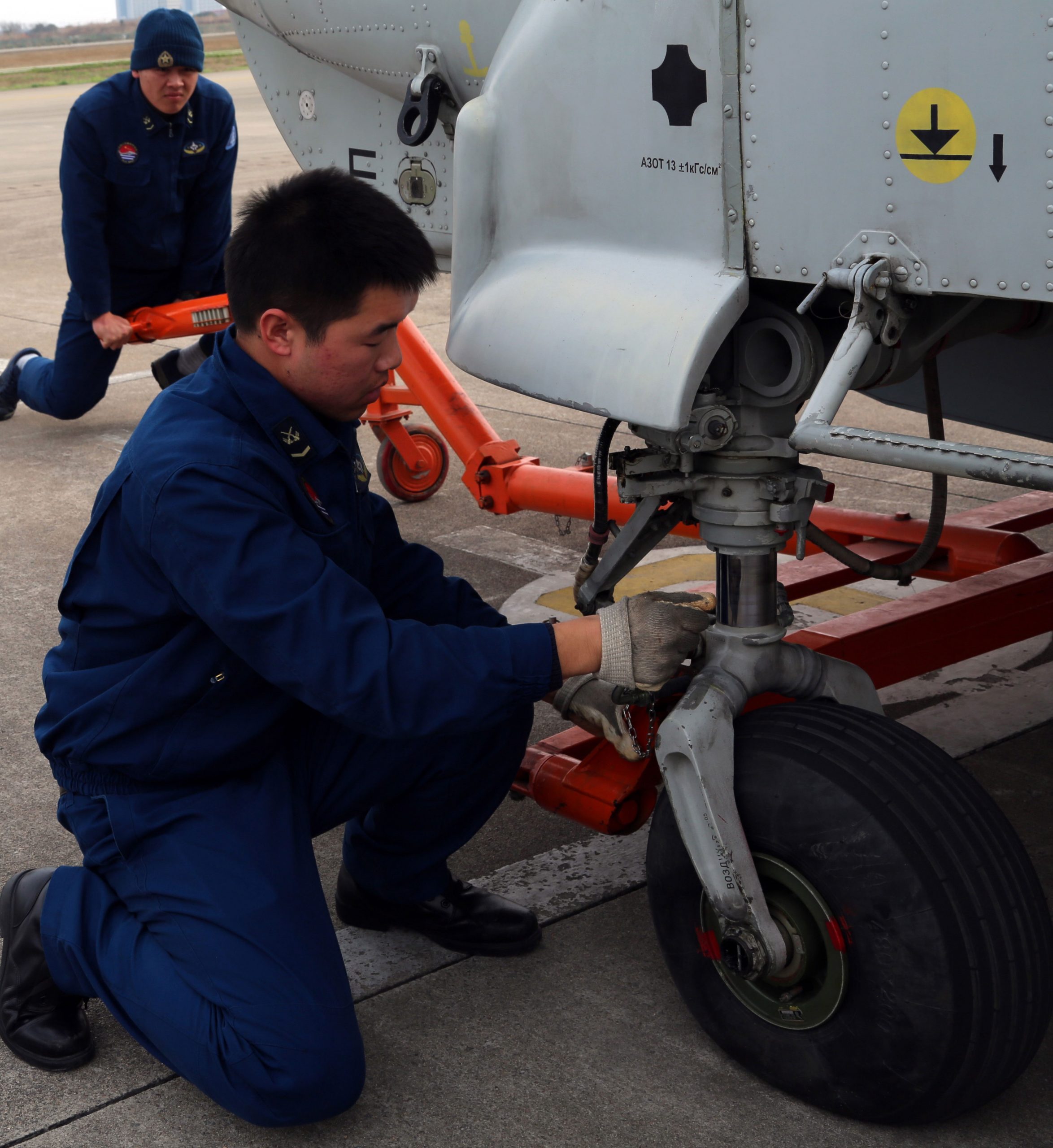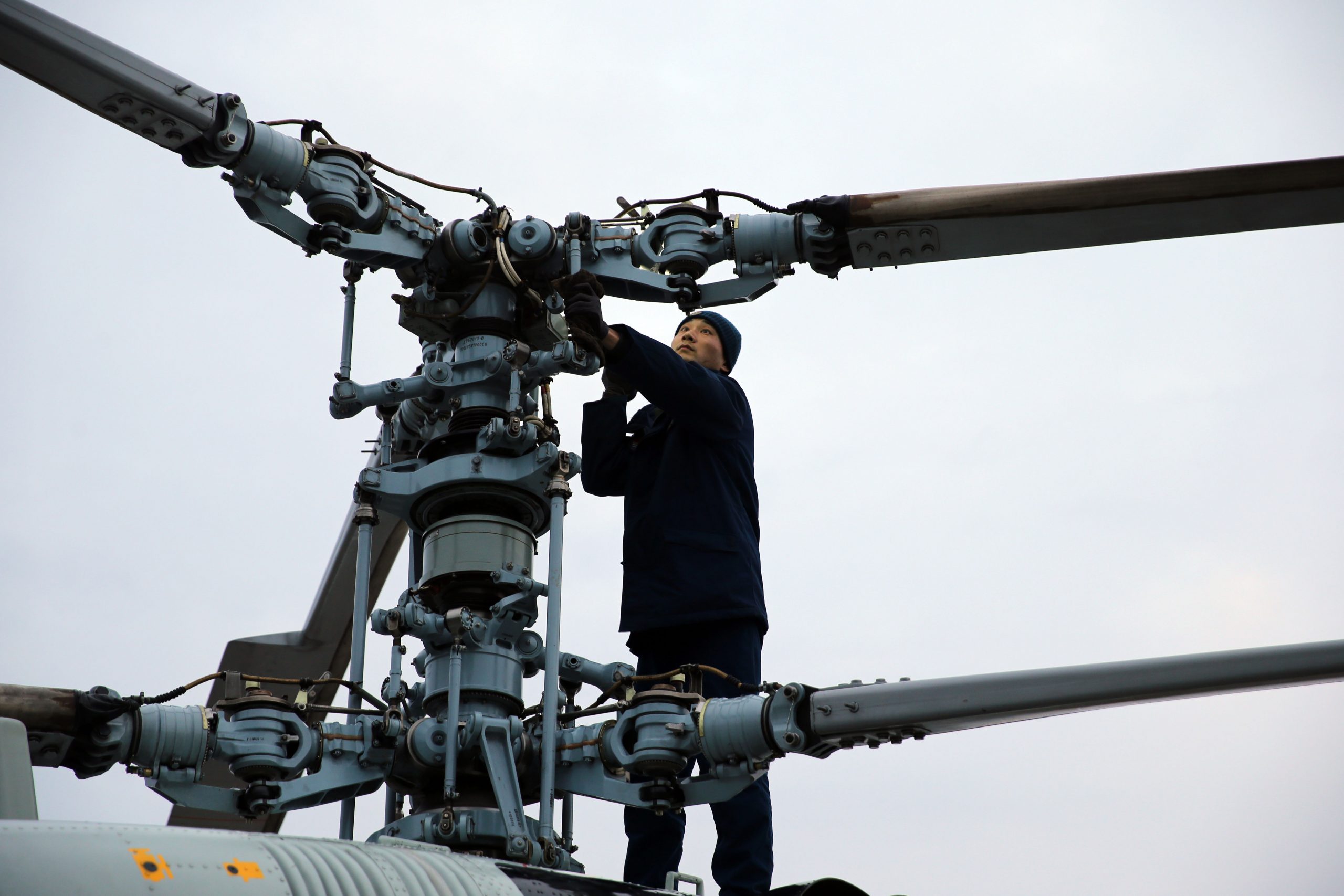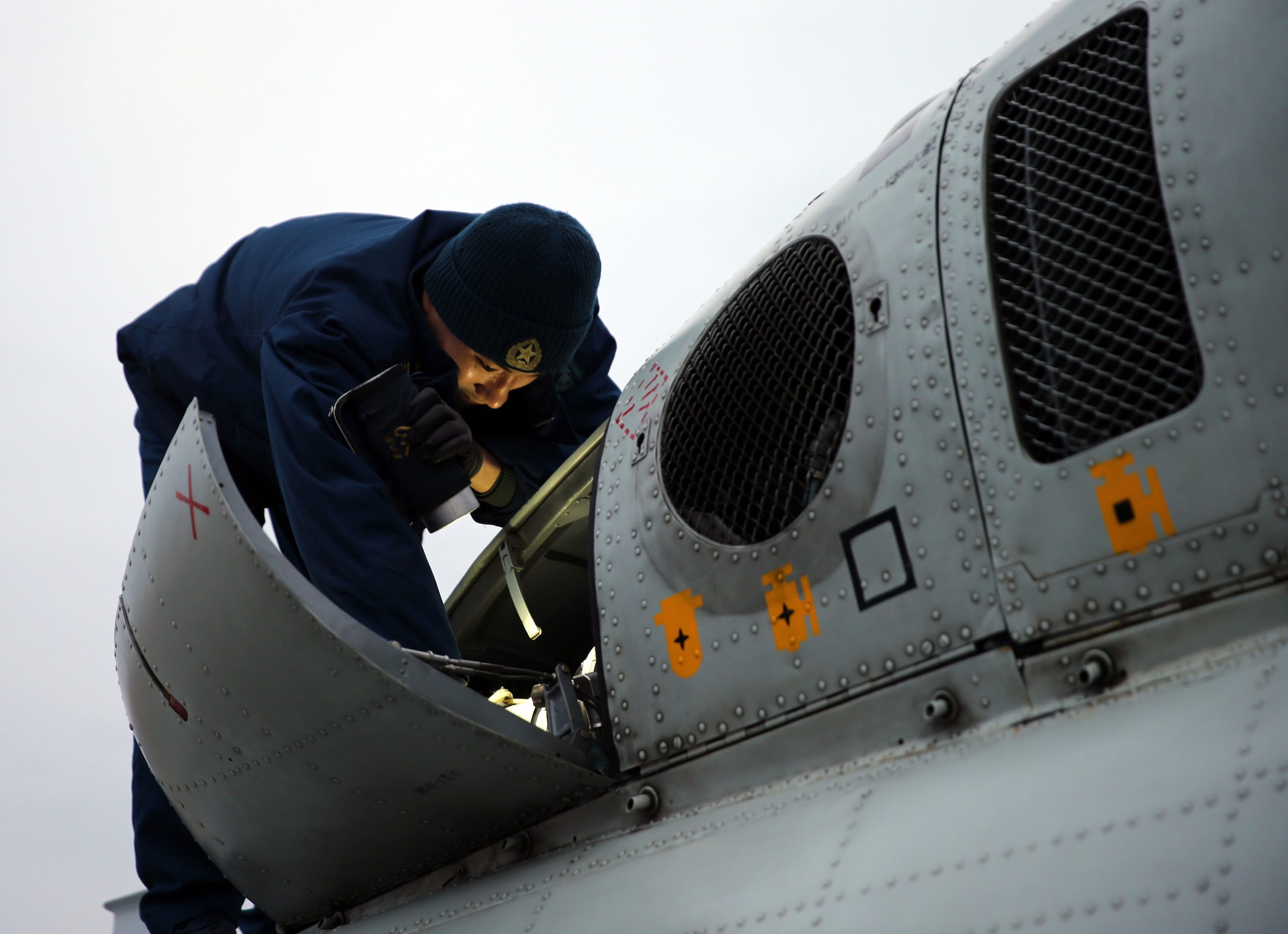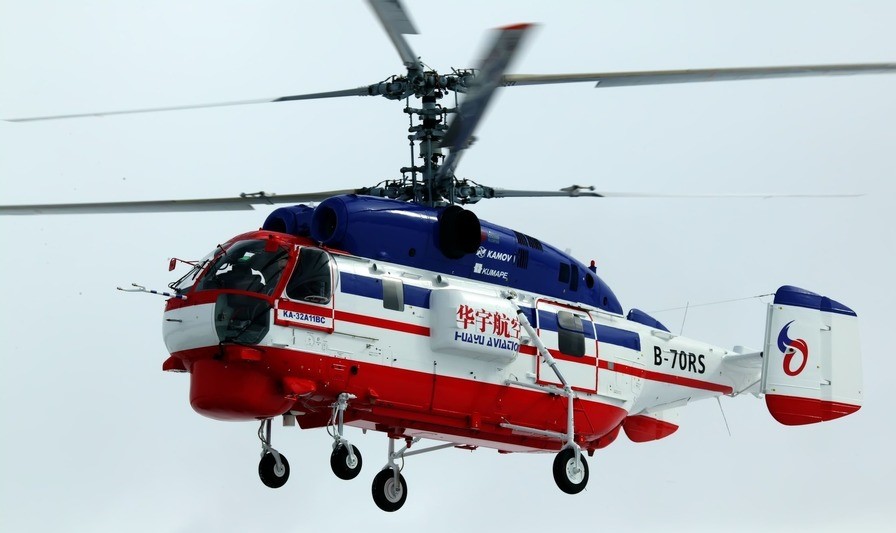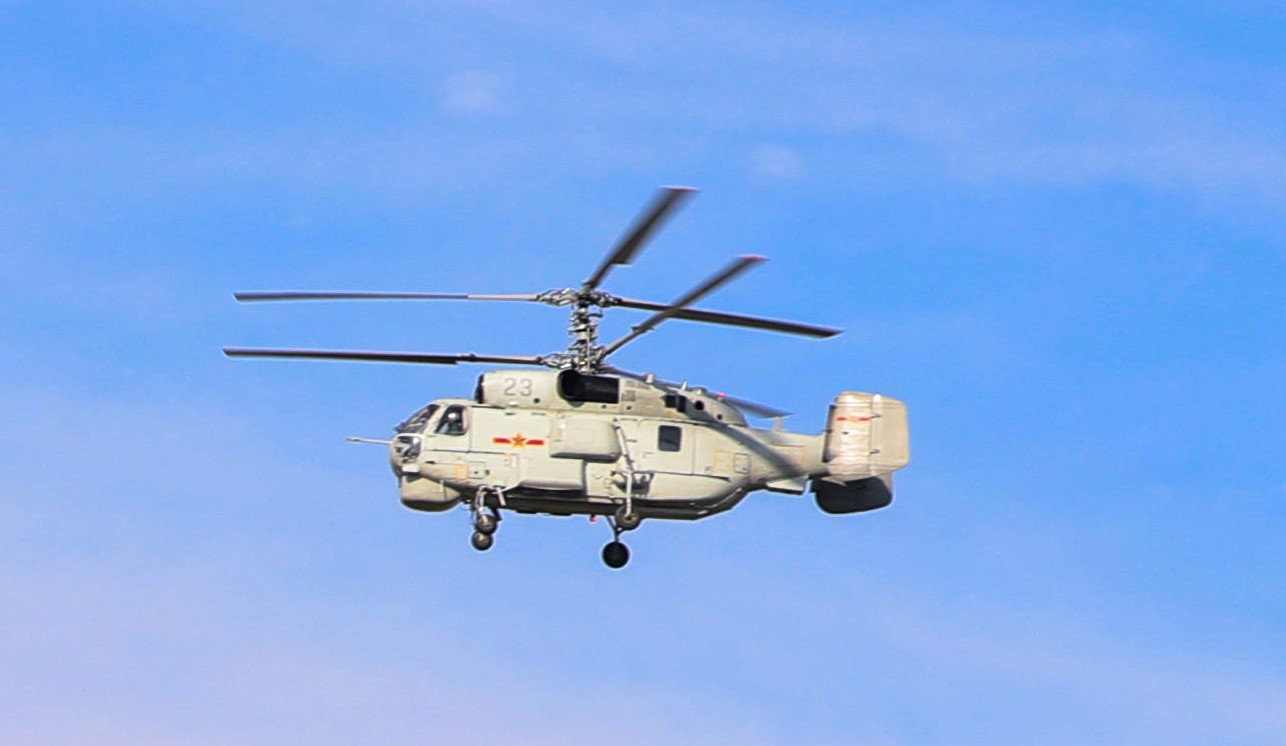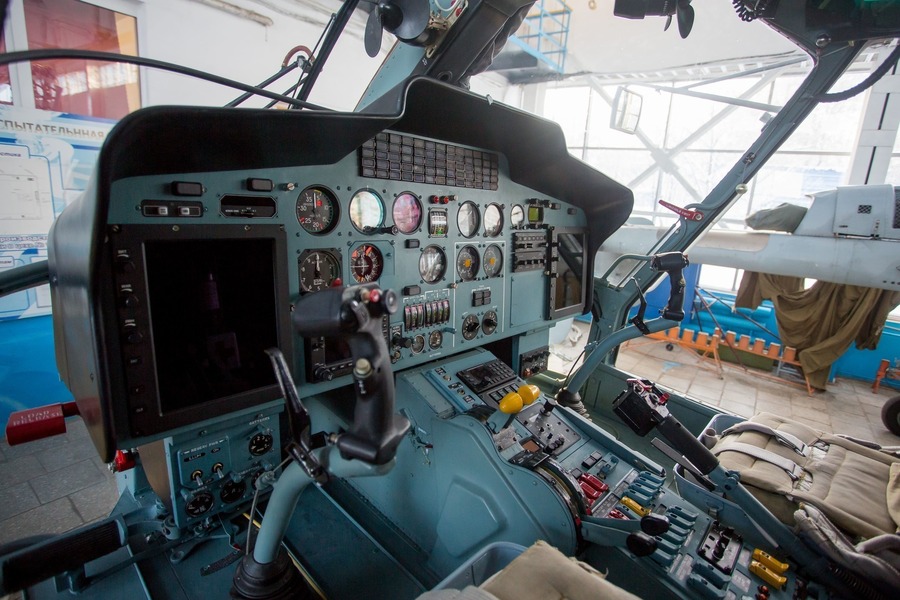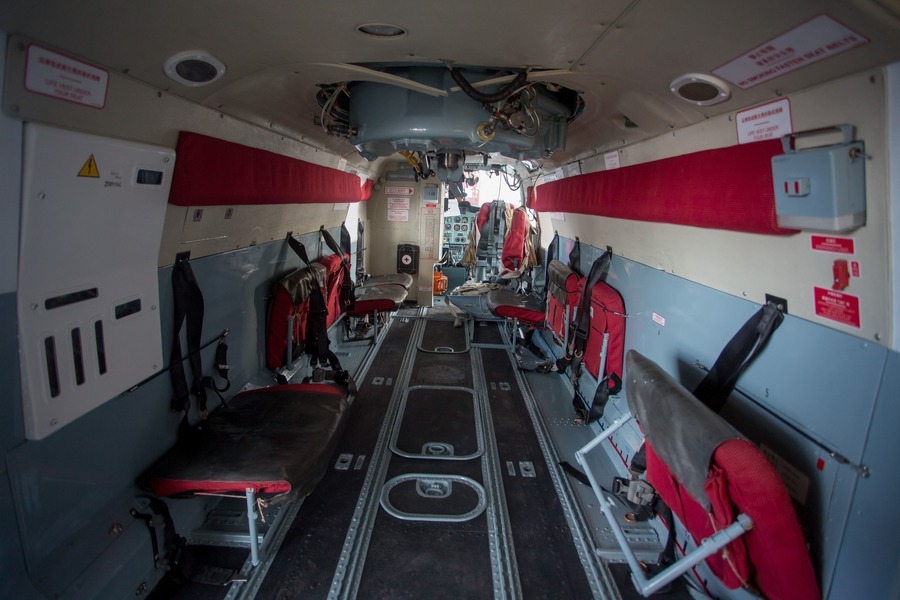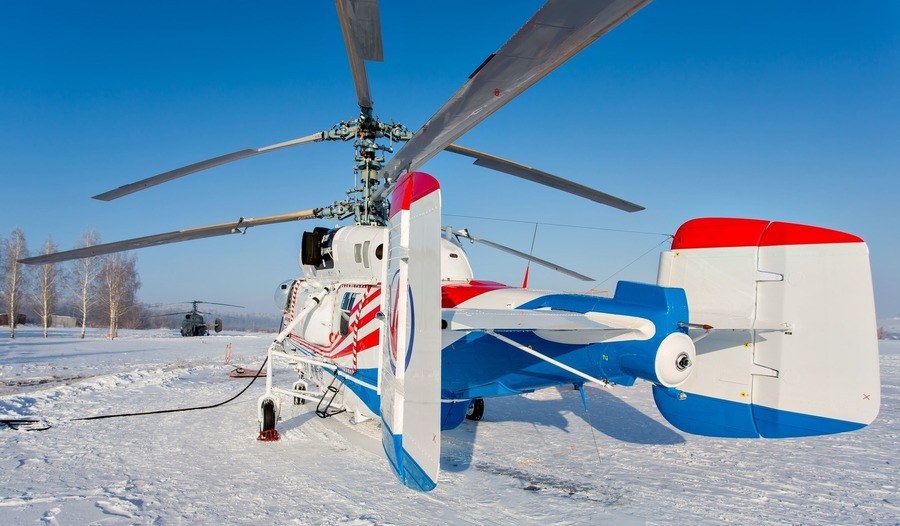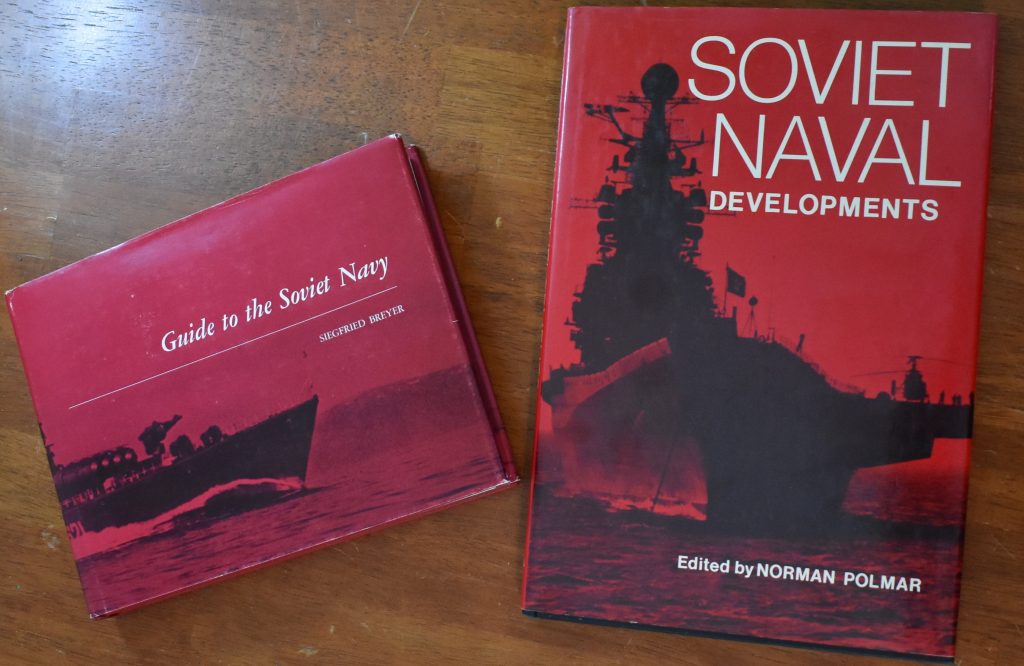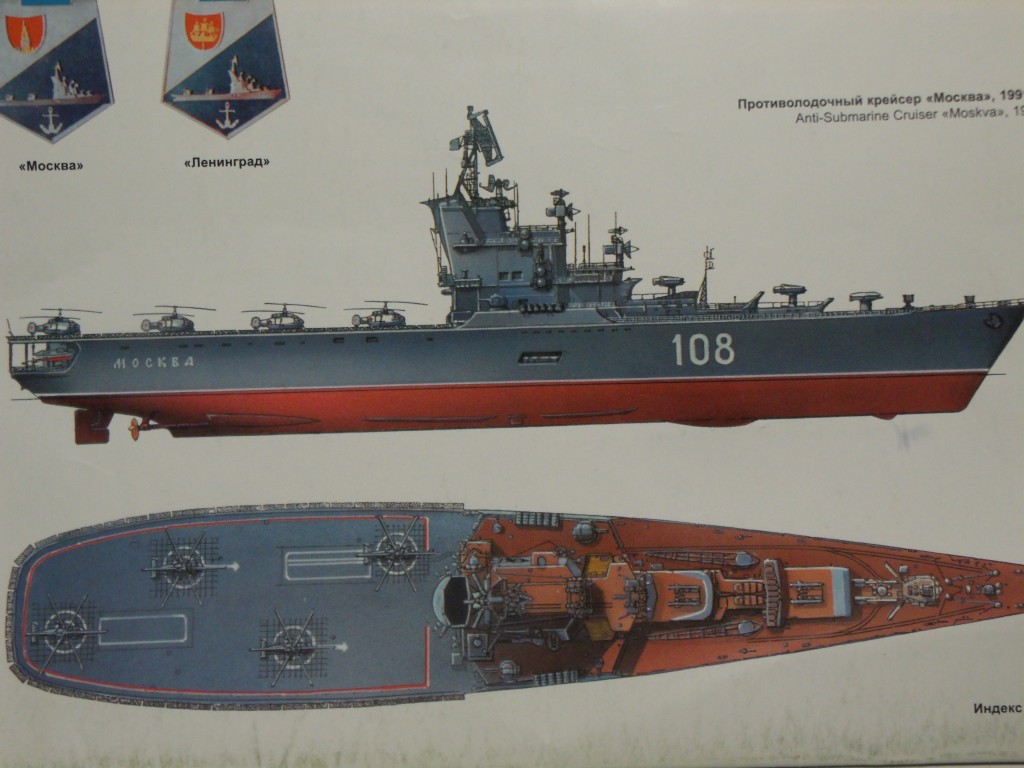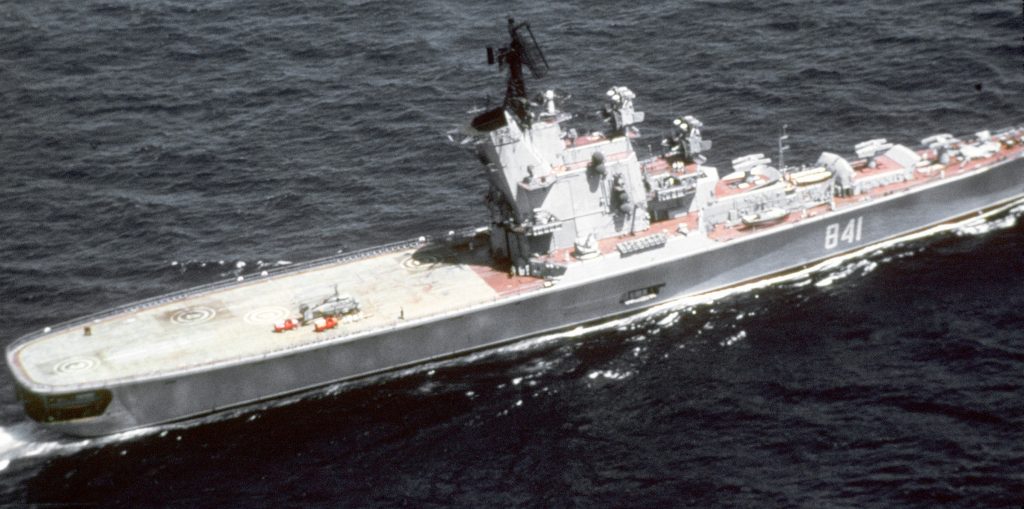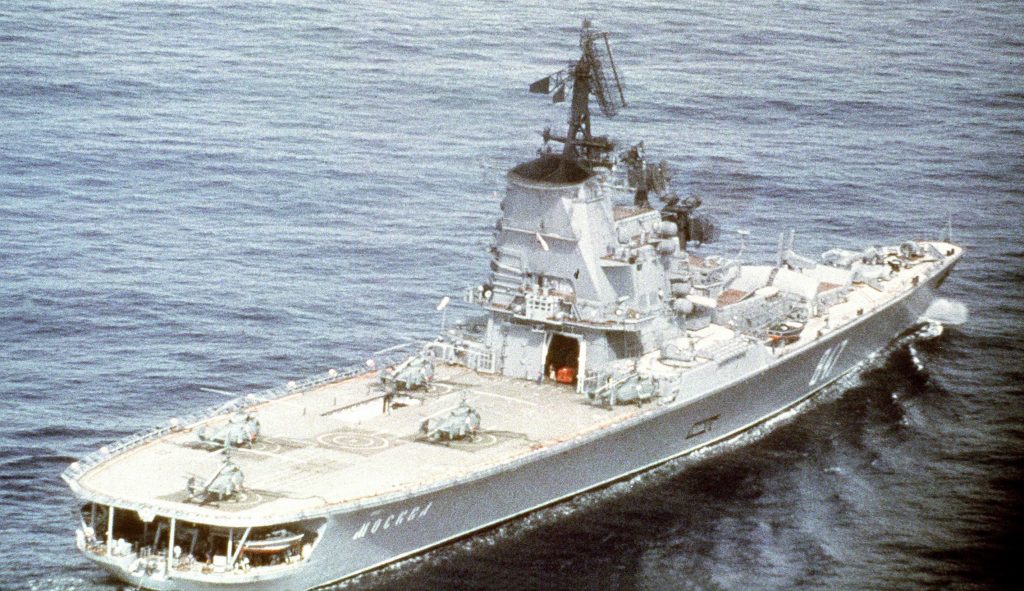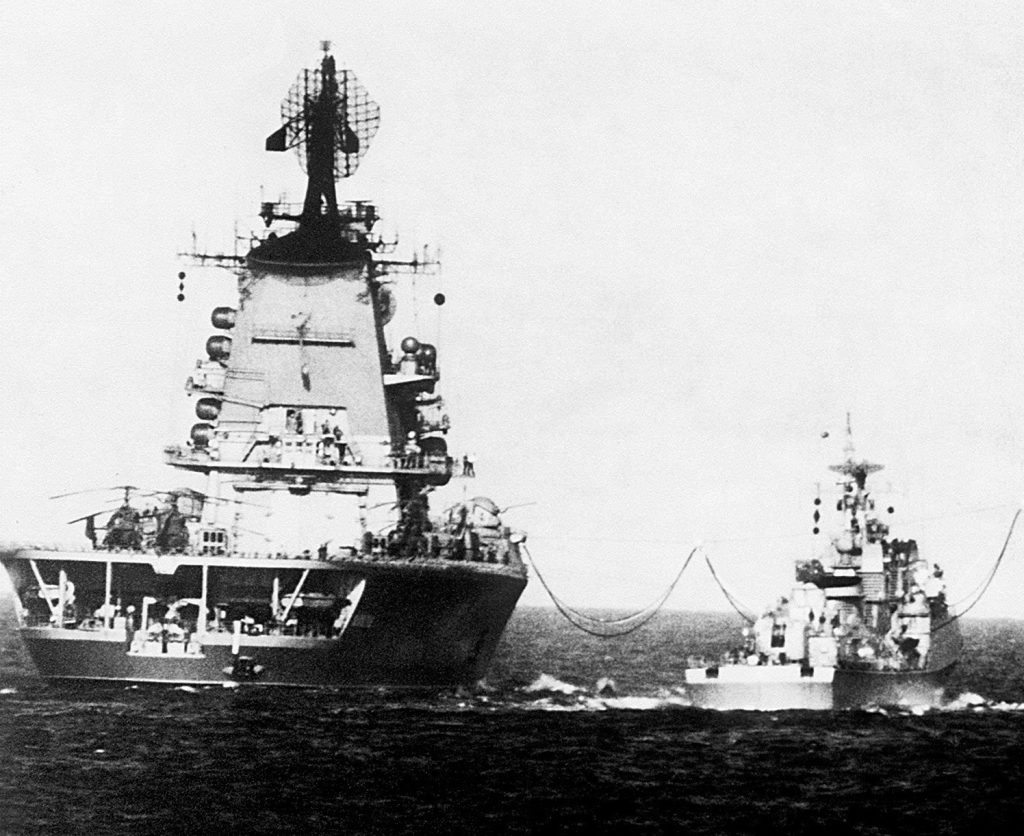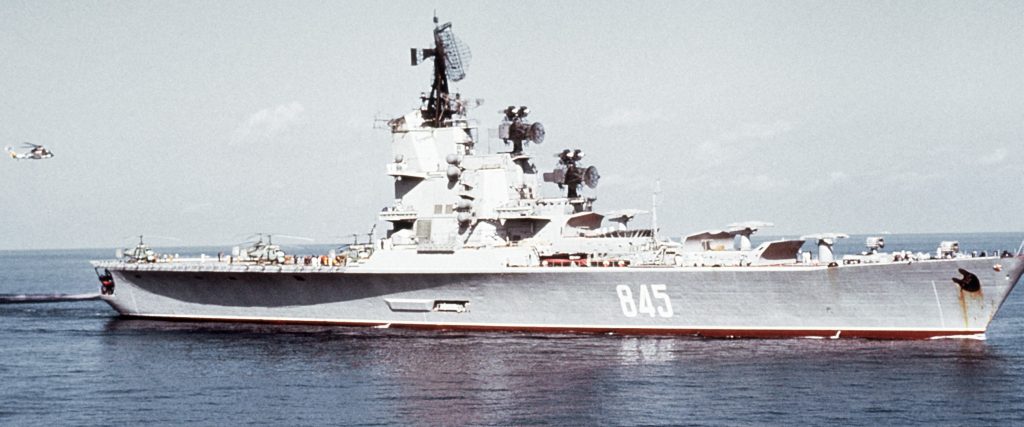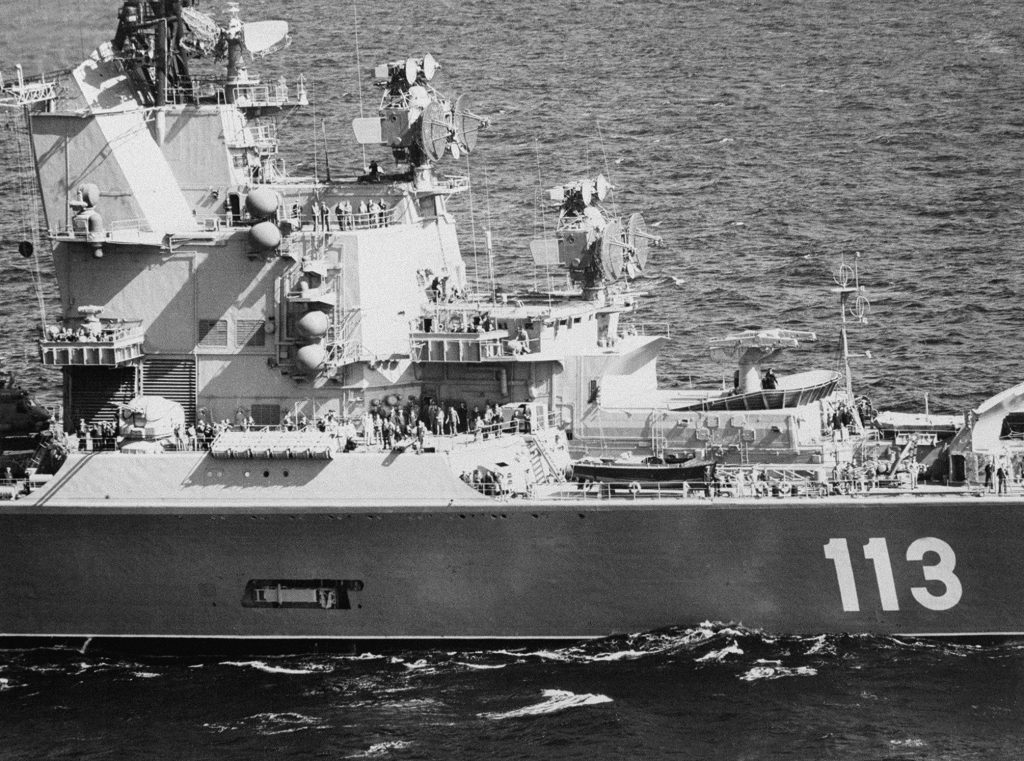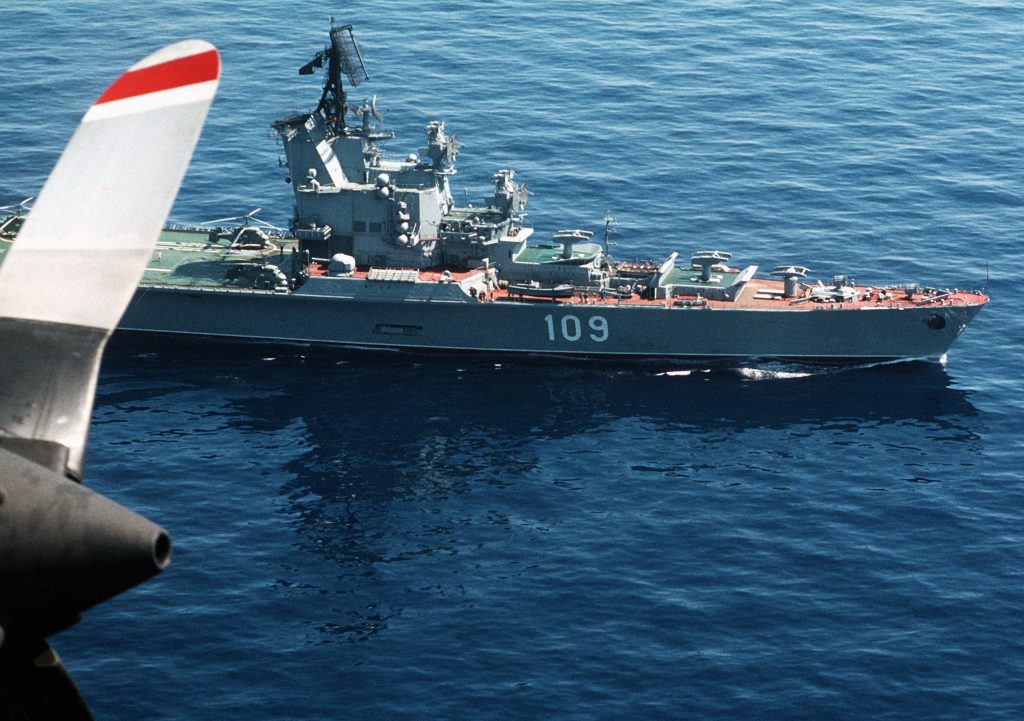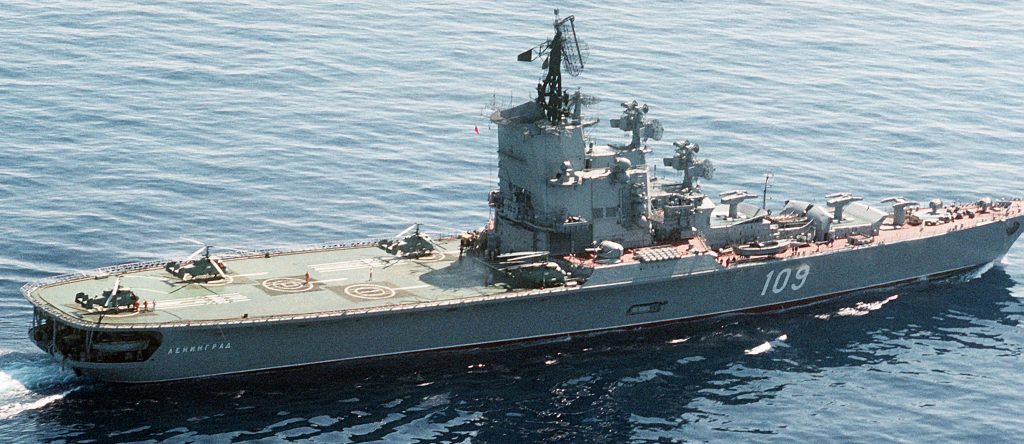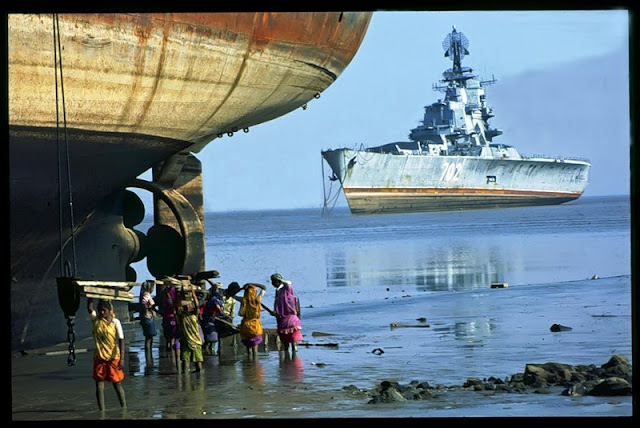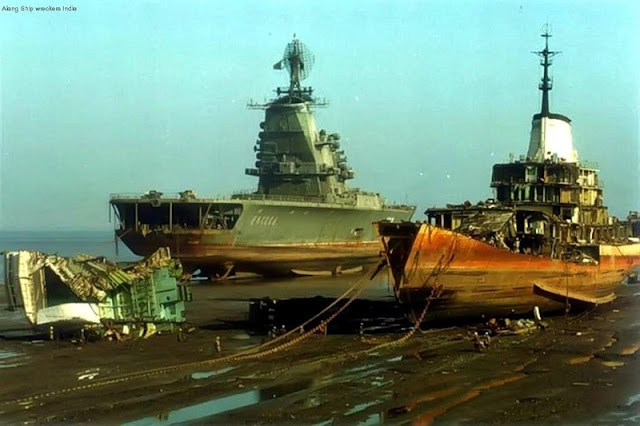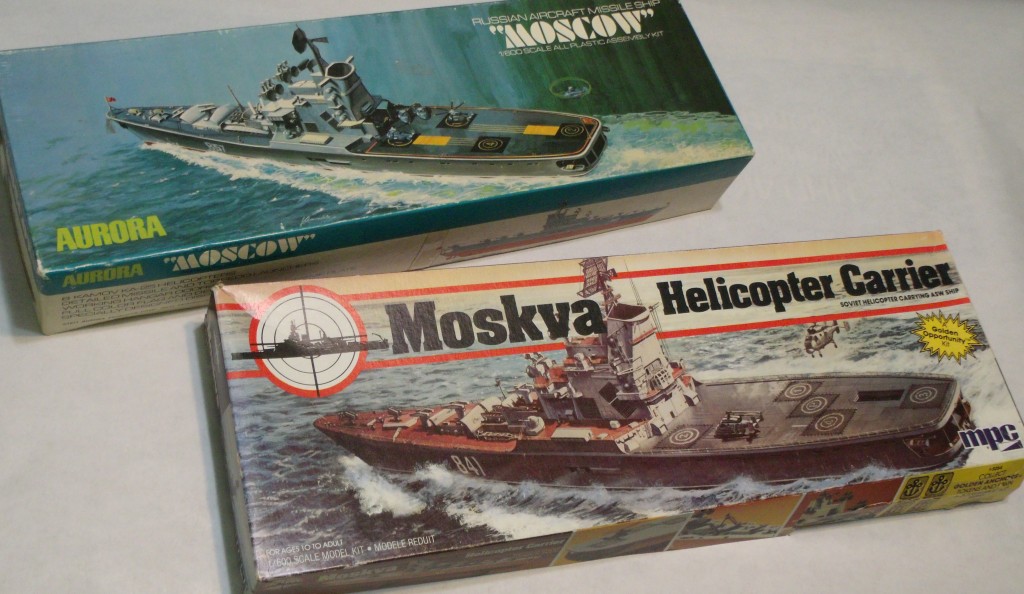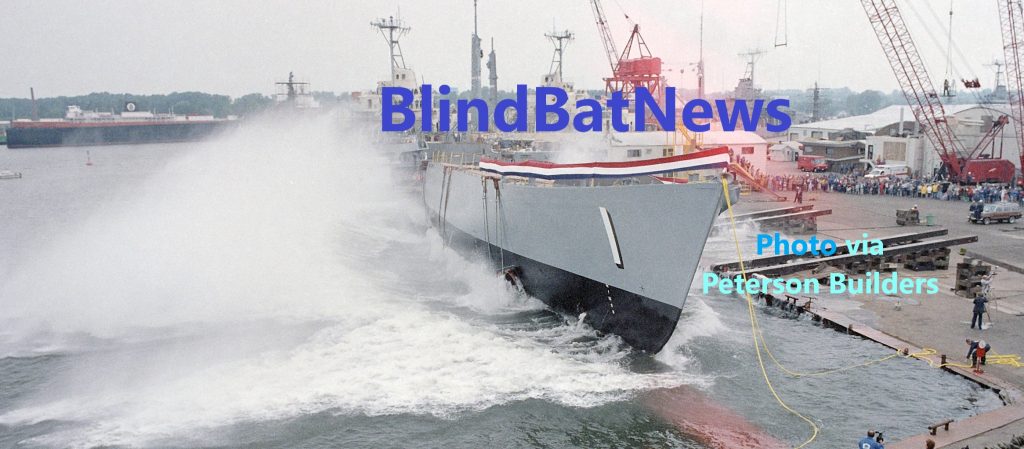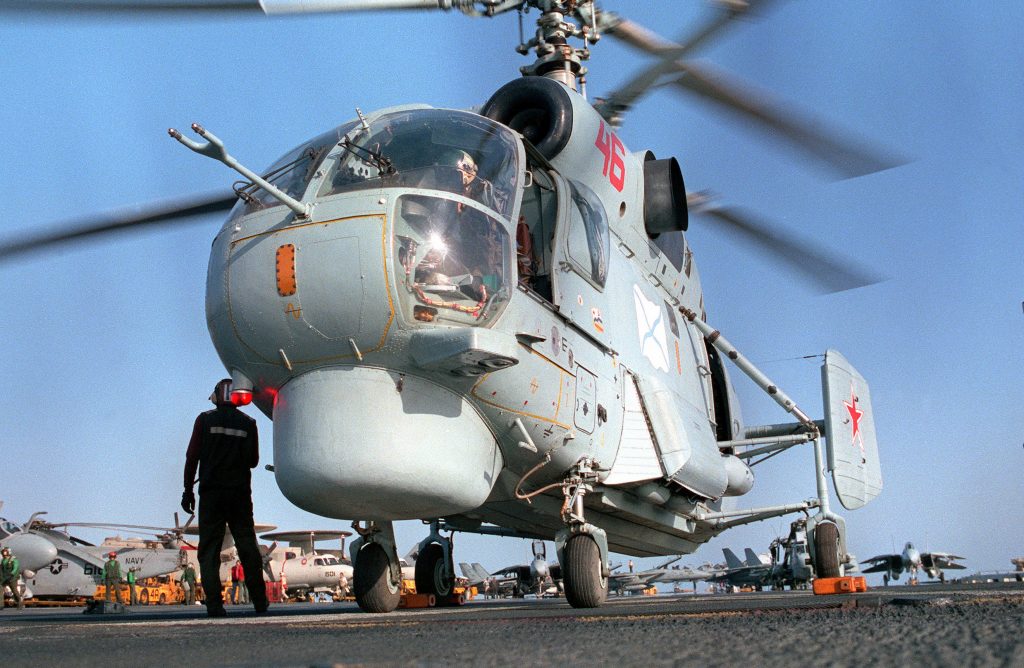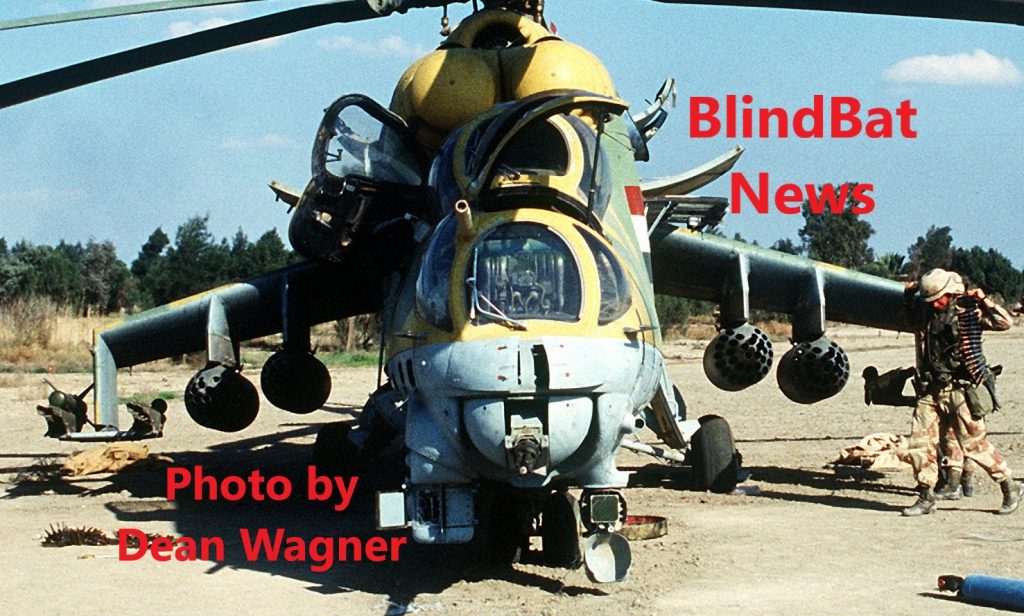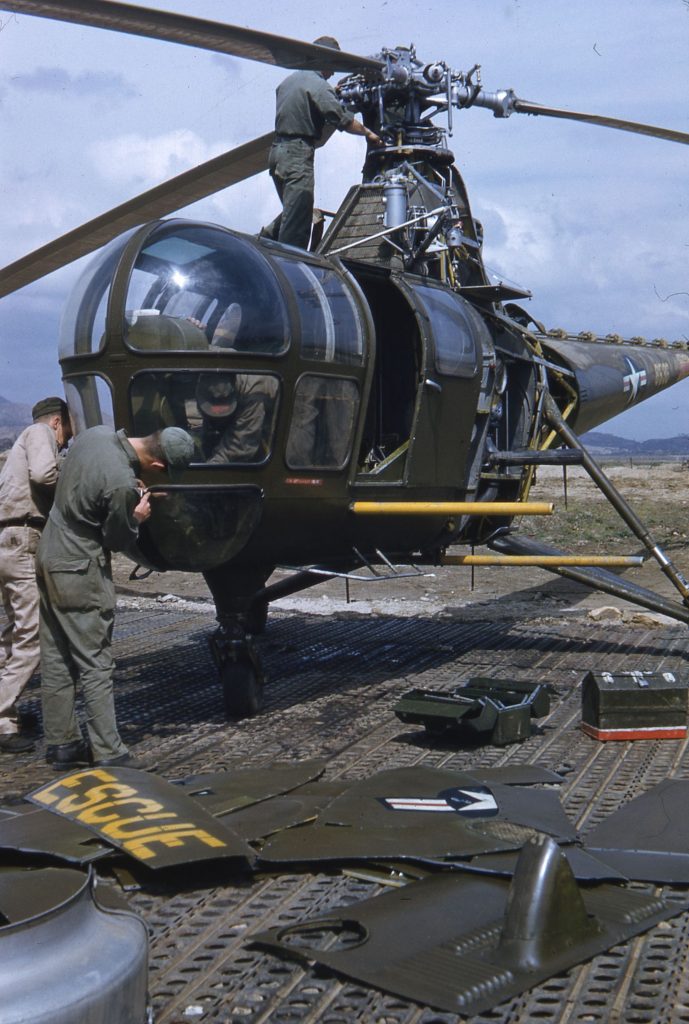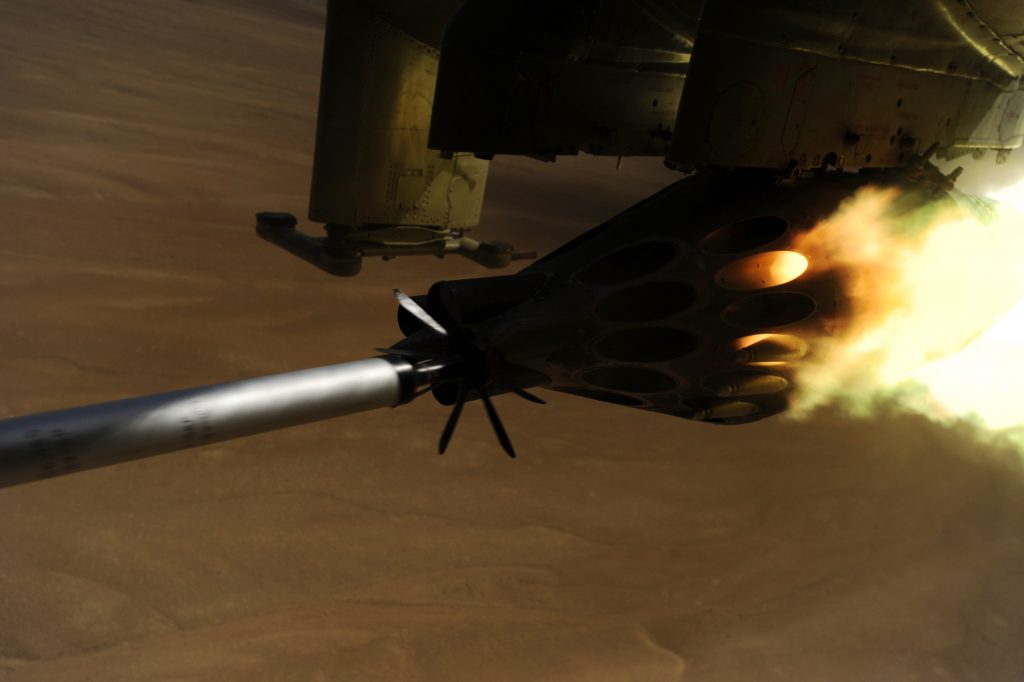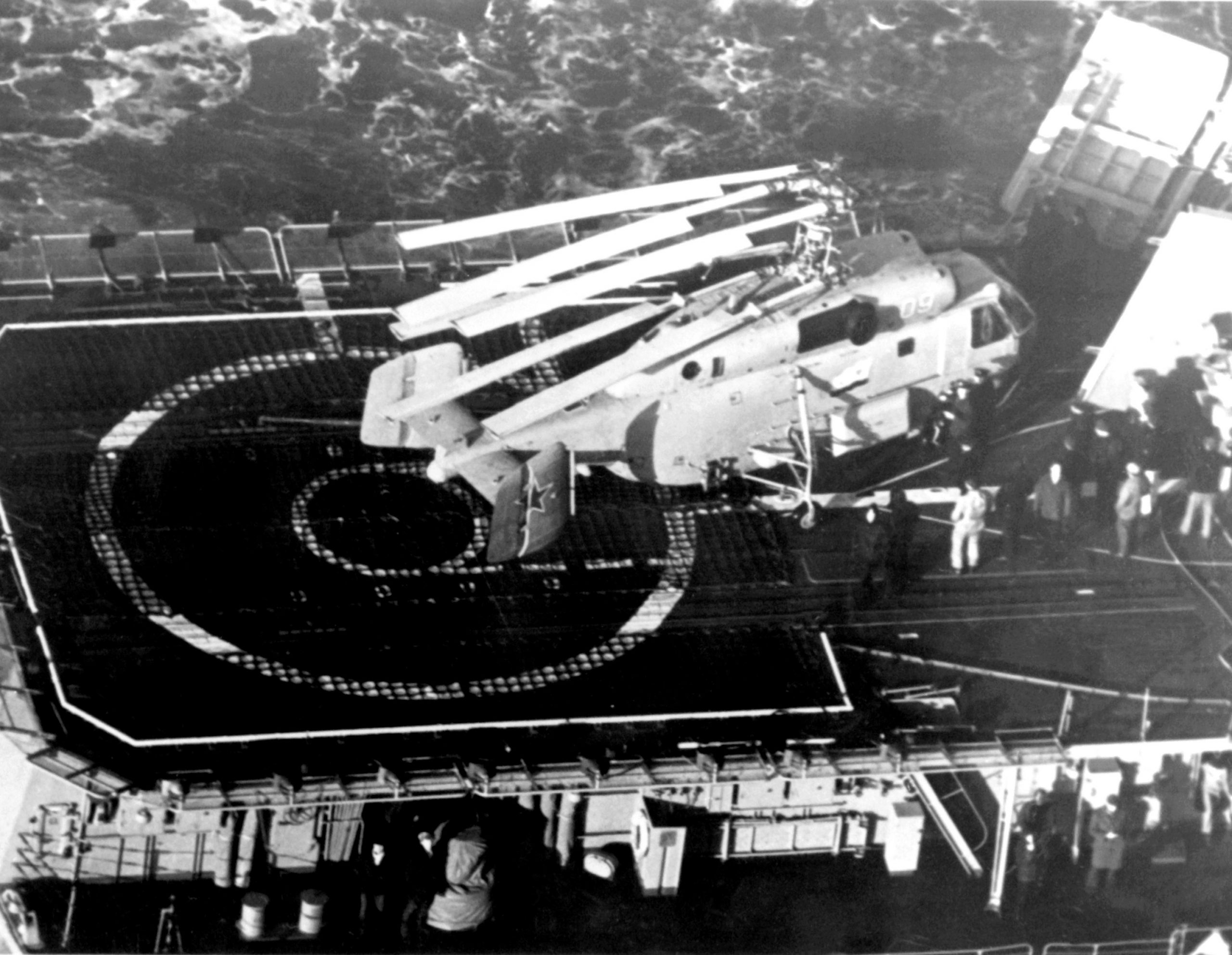
The first look for NATO of a Ka-27, aboard Soviet destroyer Udaloy, somewhere in the Atlantic Ocean, September 1982.
The first Kamov 27 flew in 1973, beginning naval service by 1982, today at least a dozen countries still use it. NATO calls it the Ka-27 Helix. China and India use the export version known as Ka-28. It is primarily used as an anti-ship weapons platform, but is also used for things like transport and fire fighting. The silly-vilian (civilian) version is Ka-32.
Video of Cold War era film of Ka-27 action:
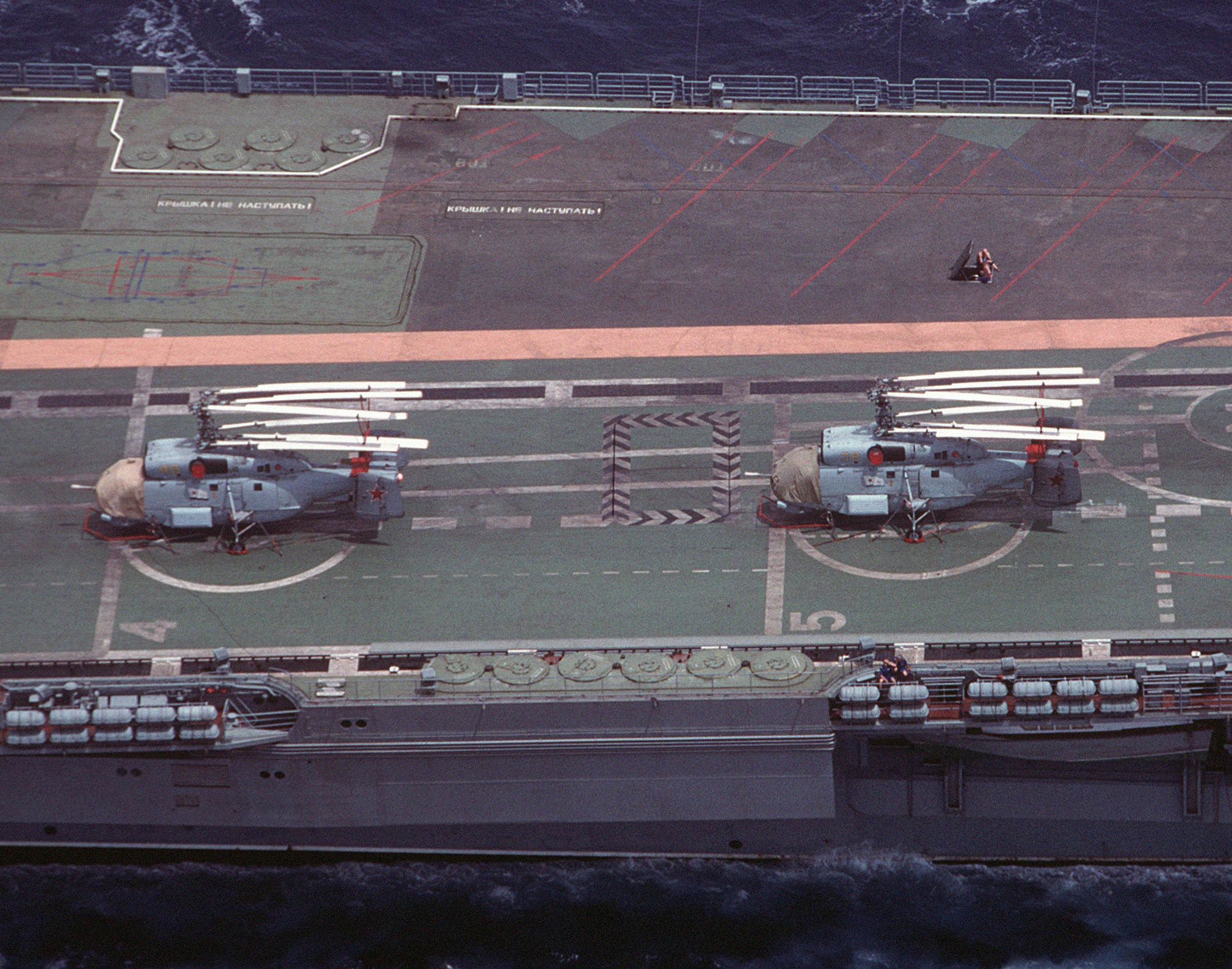
Somewhere in the Mediterranean Sea, Ka-27 Helix helicopters aboard Soviet aircraft carrier Baku (CVHG 103). USN photo by Lieutenant P.J. Azzolina, June 1988.
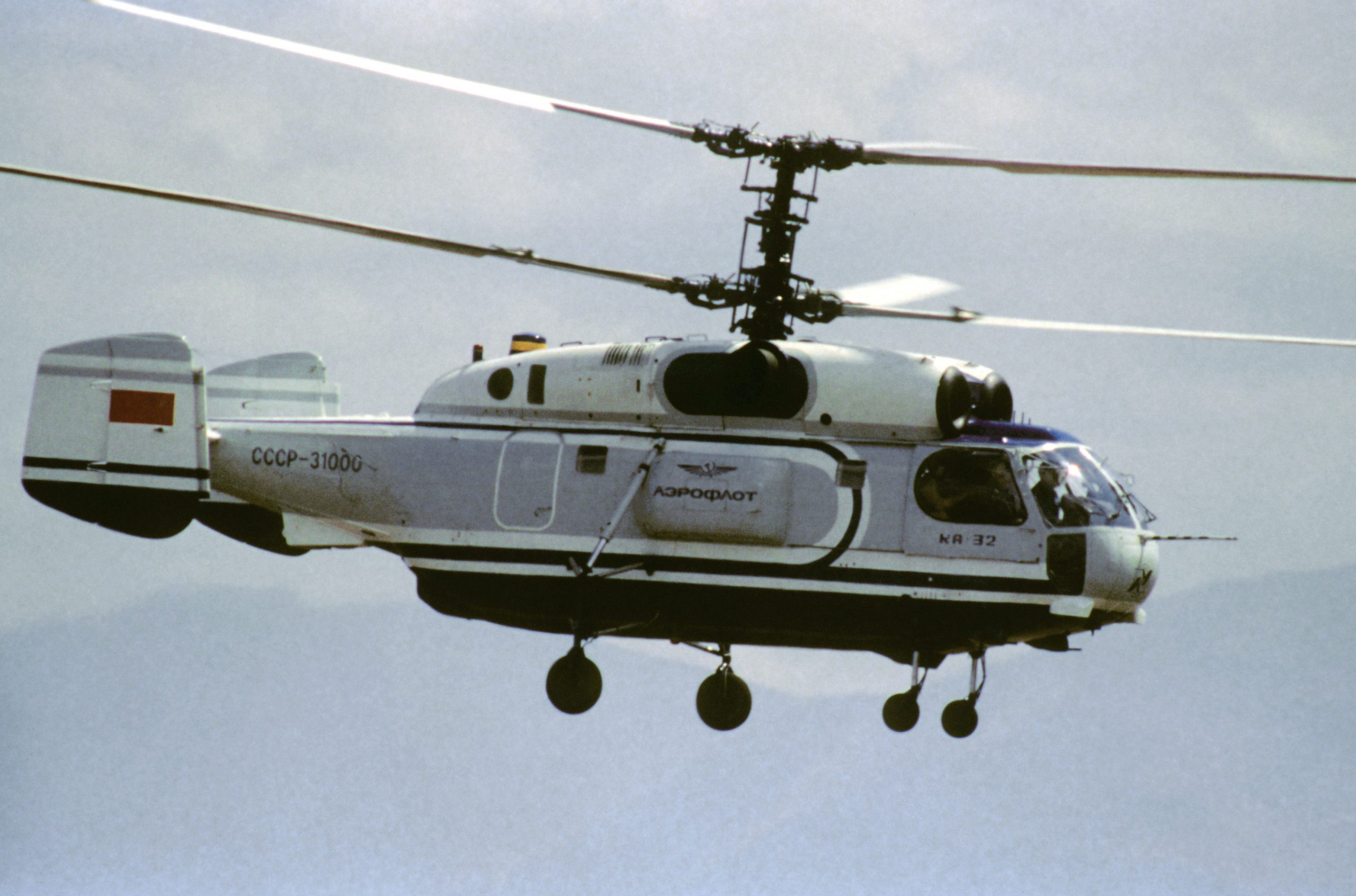
A Soviet Ka-32 Helix during Airshow Canada ’89 (Abbotsford Air Show), in British Columbia. Photo by Pat Nugent, August 1989.
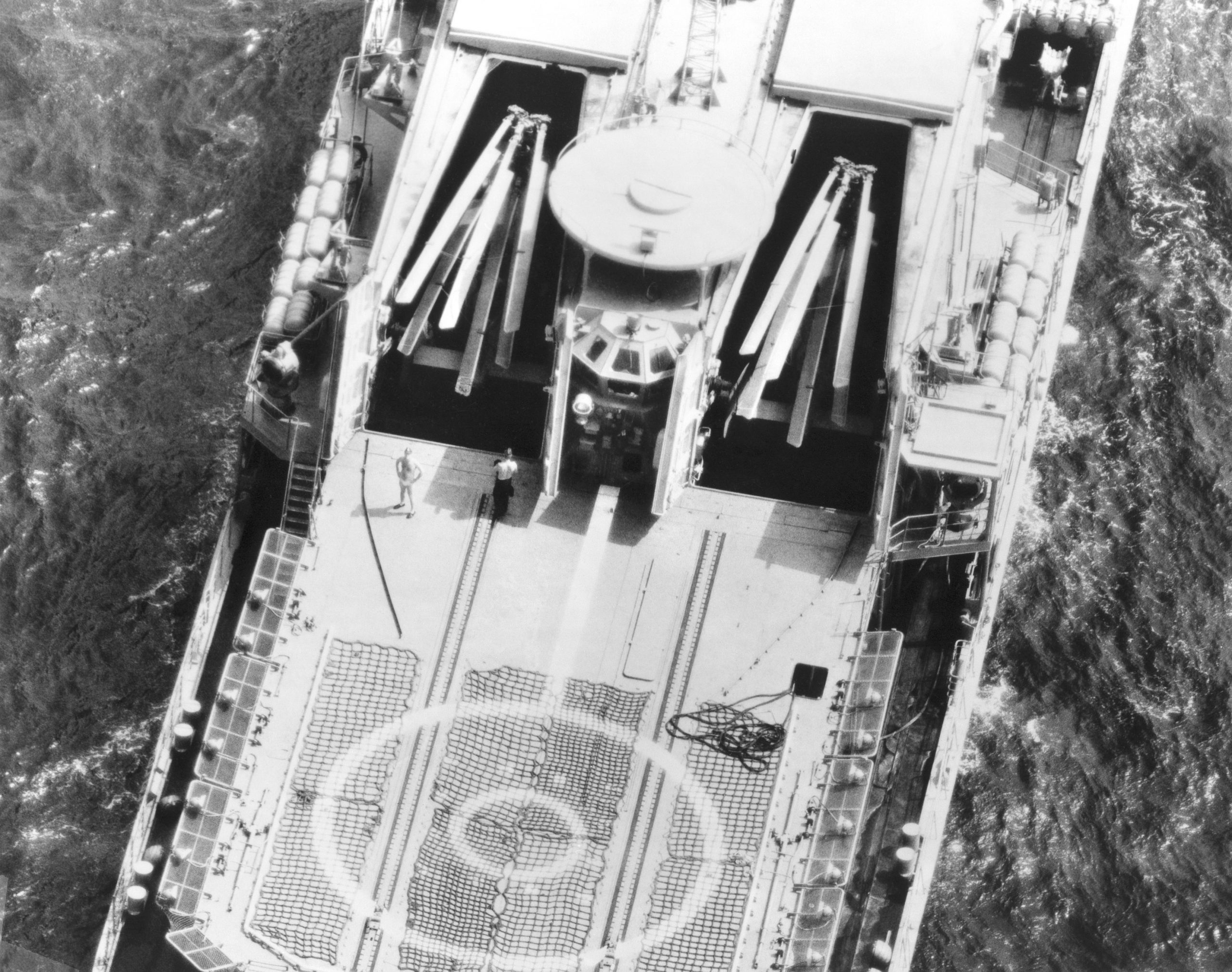
Helix hangers on a Soviet Udaloy class guided missile destroyer. U.S. Navy photo dated October 1990.
In October of 1992, as the Soviet Union fell apart, a Kamov 27 (Red 46) made history by becoming the first Russian helicopter to land on not one, but two U.S. Navy (USN) ships.
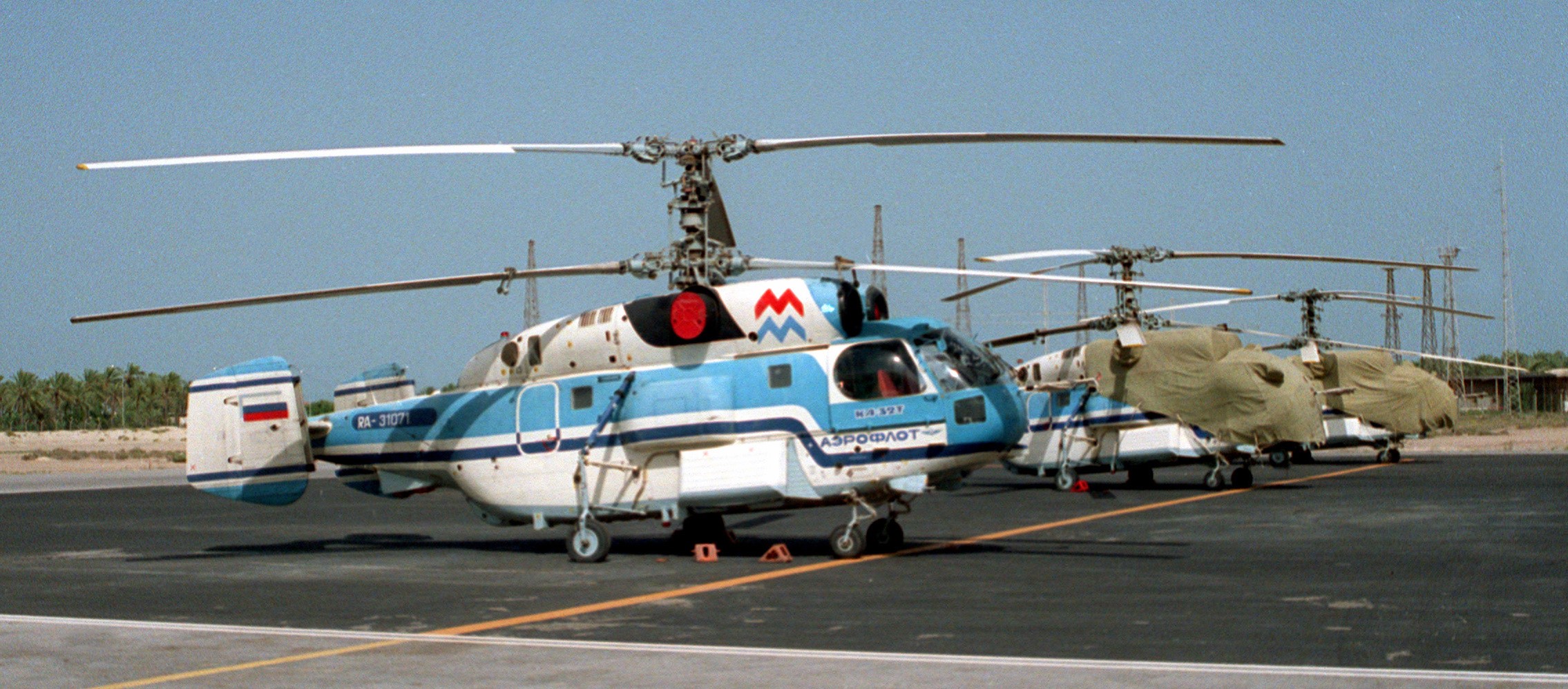
Three Russian Ka-32 Helix-C in Bahrain, 16MAY1993. U.S. Navy photo by Lieutenant Junior Grade John Bouvia.
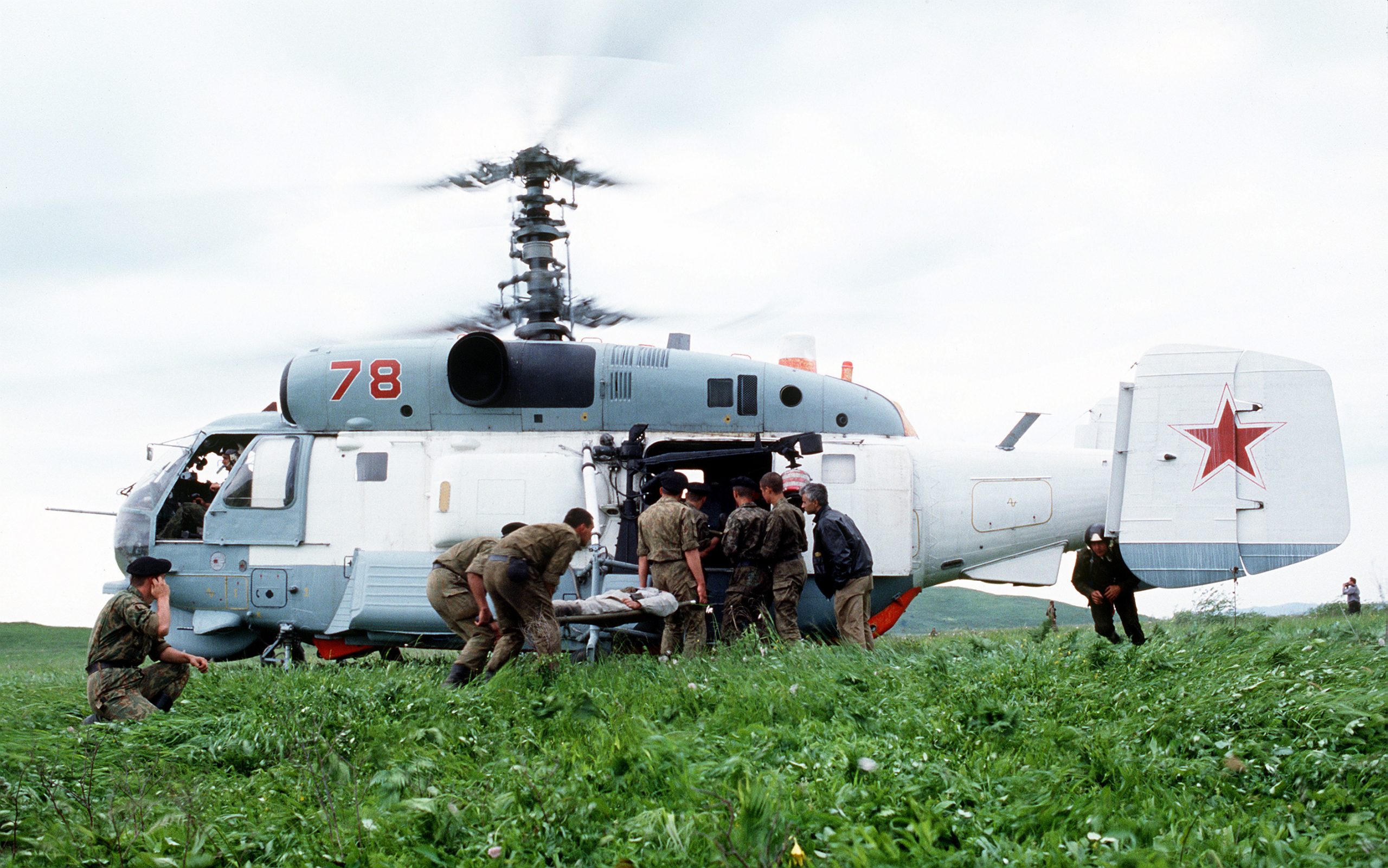
In June 1994, U.S. military personnel took part in a disaster response exercise on Vladivostok, Russia. USN photo by Photographer’s Mate First Class Charles W. Alley.
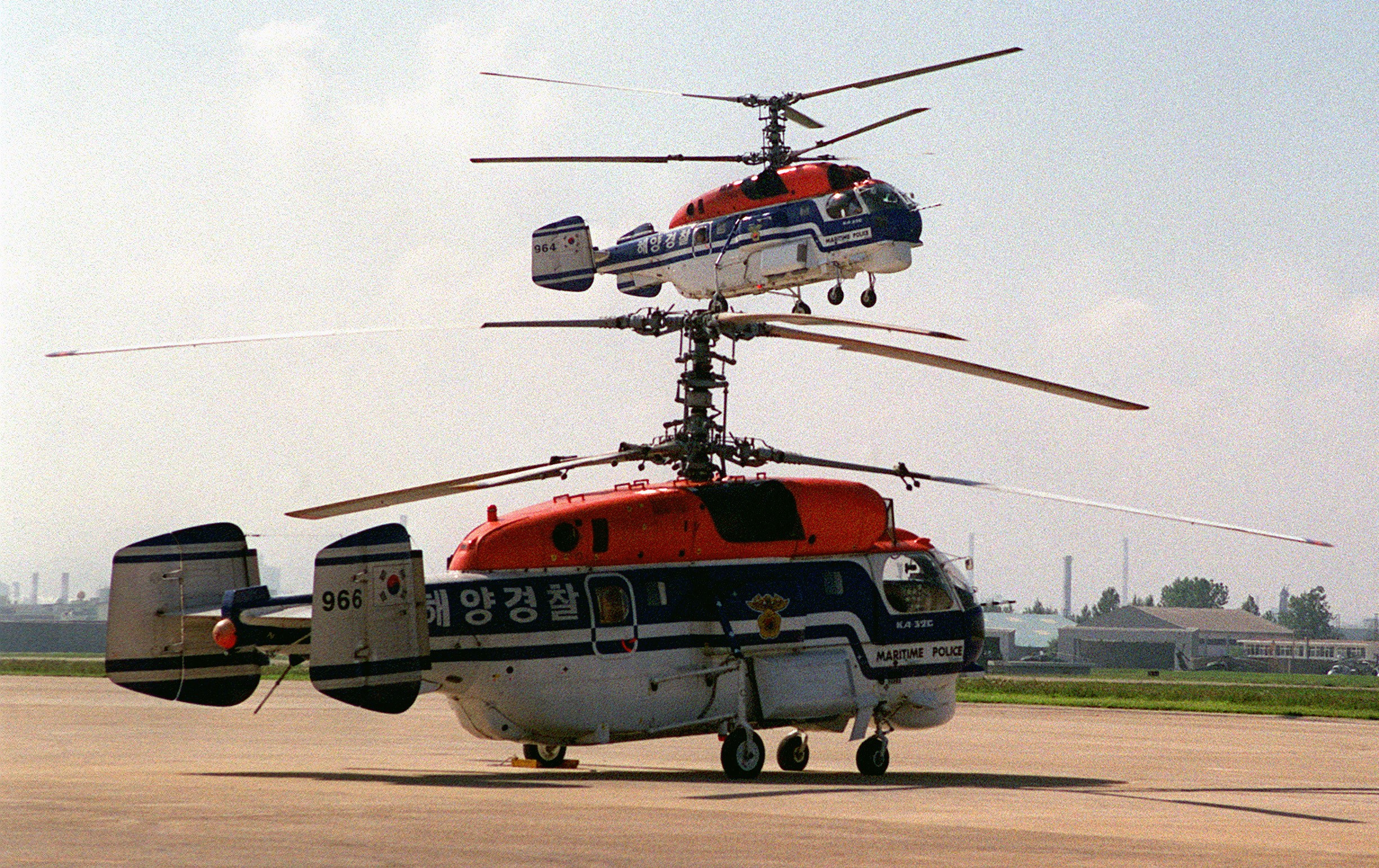
U.S. ally Republic of Korea (South Korea) uses the Ka-32C for Maritime Police actions. U.S. Marine Corps photo by Lance Corporal Grenda, 19JUL1999.

Ka-27 on the fantail of the Russian Frigate Neustrashimy (712). U.S. Navy photo by Photographer’s Mate Second Class George Sisting, 07JUN2004.
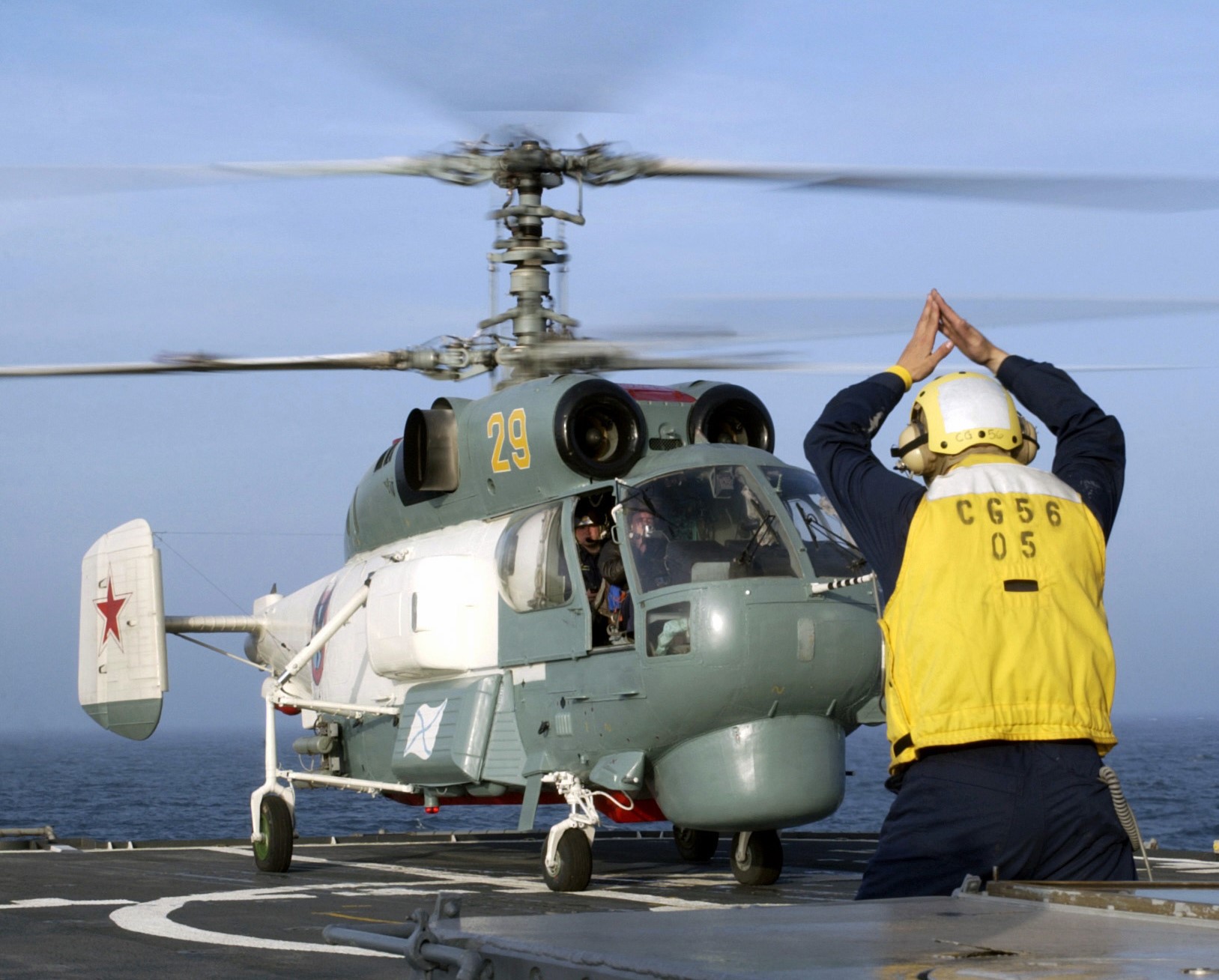
Kamov 27 Helix landing on the Ticonderoga Class Cruiser USS San Jacinto (CG 56), somewhere in the Baltic Sea, 07JUN2004. USN photo by Photographer’s Mate Second Class George Sisting.
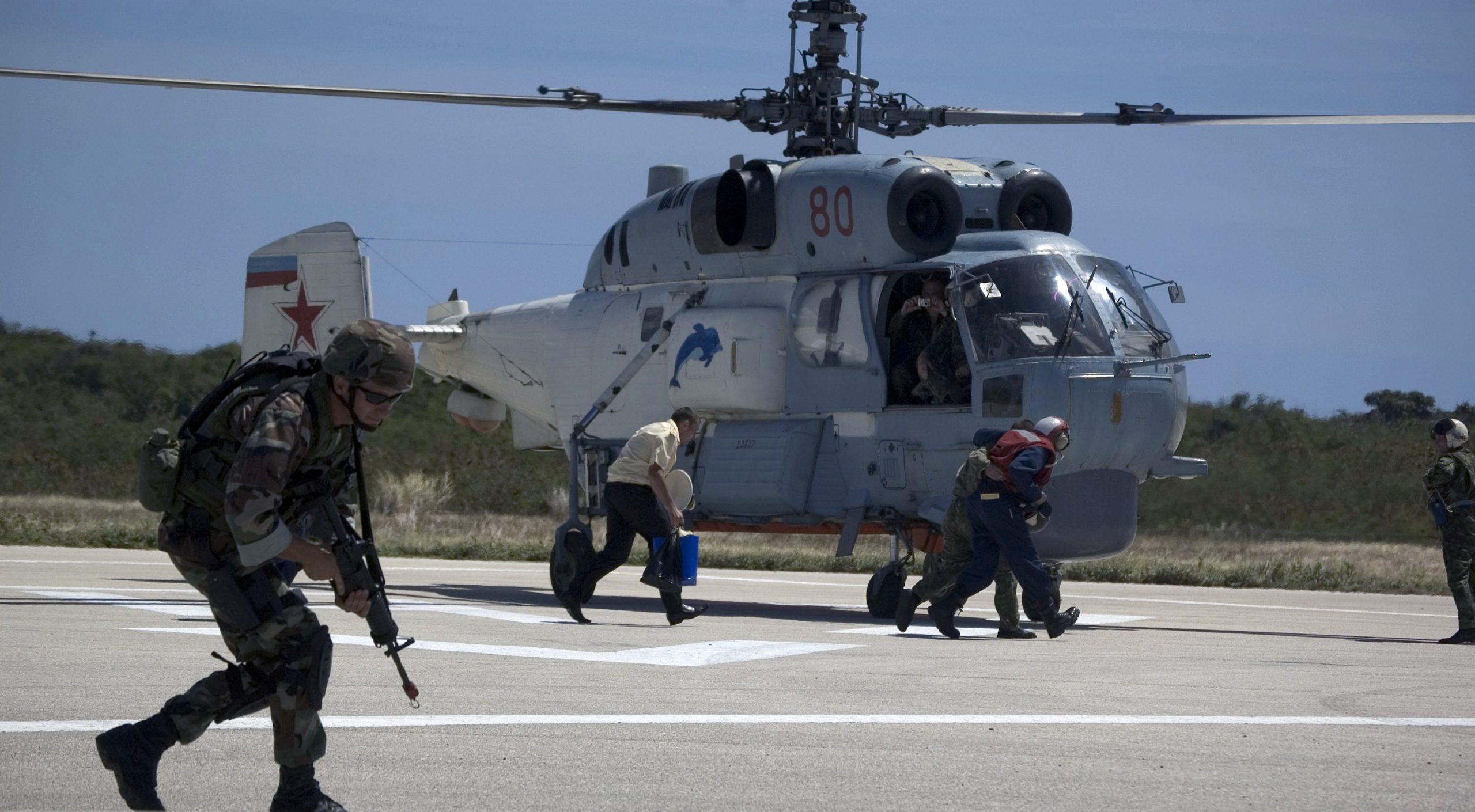
A Russian Ka-27 Helix takes part in a USN disaster response exercise on Santa Rita Naval Base, Guam, 31MAR2006. USN photo by Photographer’s Mate Second Class Edward N. Vasquez.
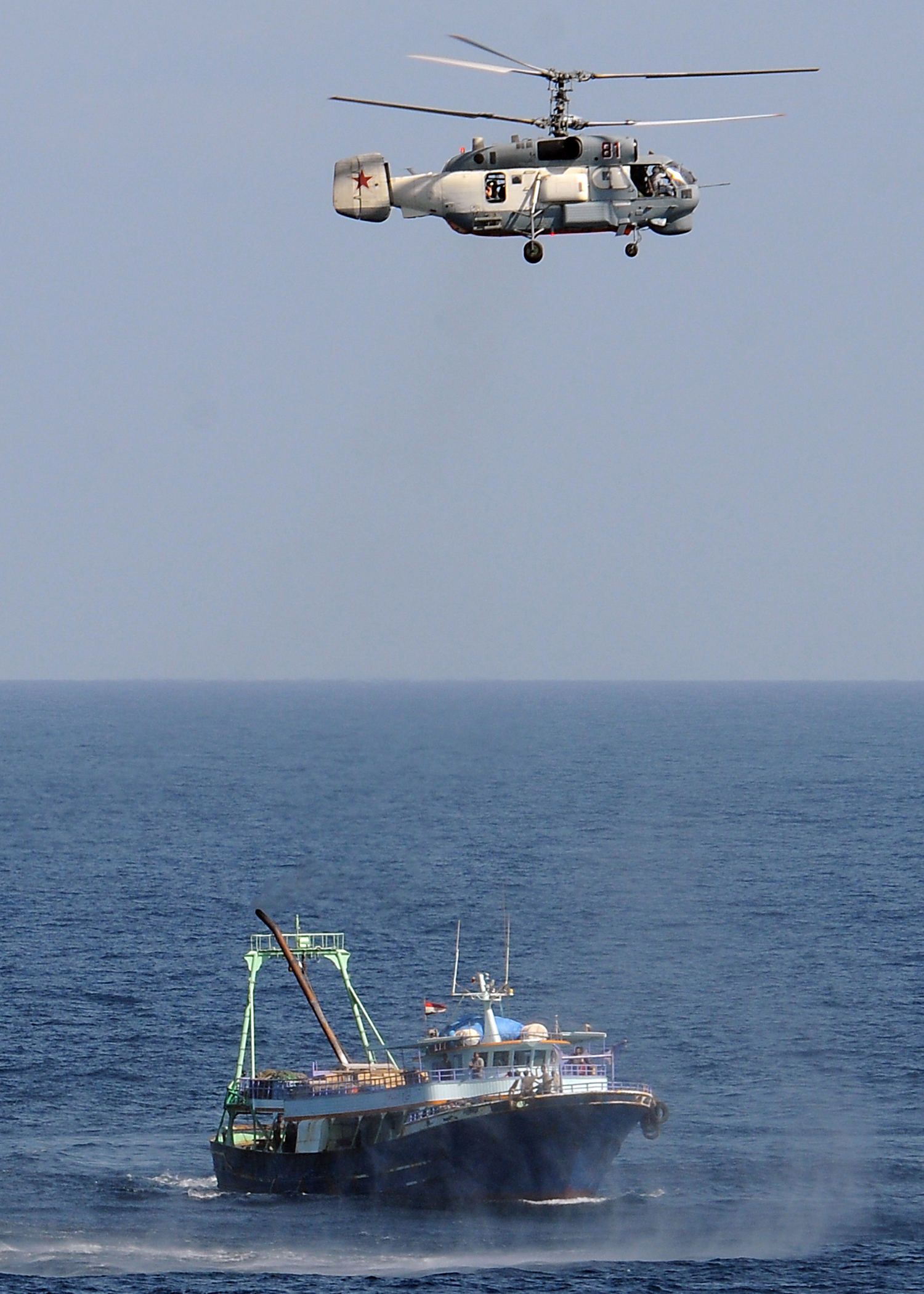
A Russian Navy Ka-27 during anti-piracy operations in the Gulf of Aden, 09FEB2009. USN photo by Petty Officer Second Class Jason Zalasky.

Kamov on the fantail of destroyer Admiral Vinogradov, Gulf of Aden. USN photo by Petty Officer Second Class Jason Zalasky, 09FEB2009.
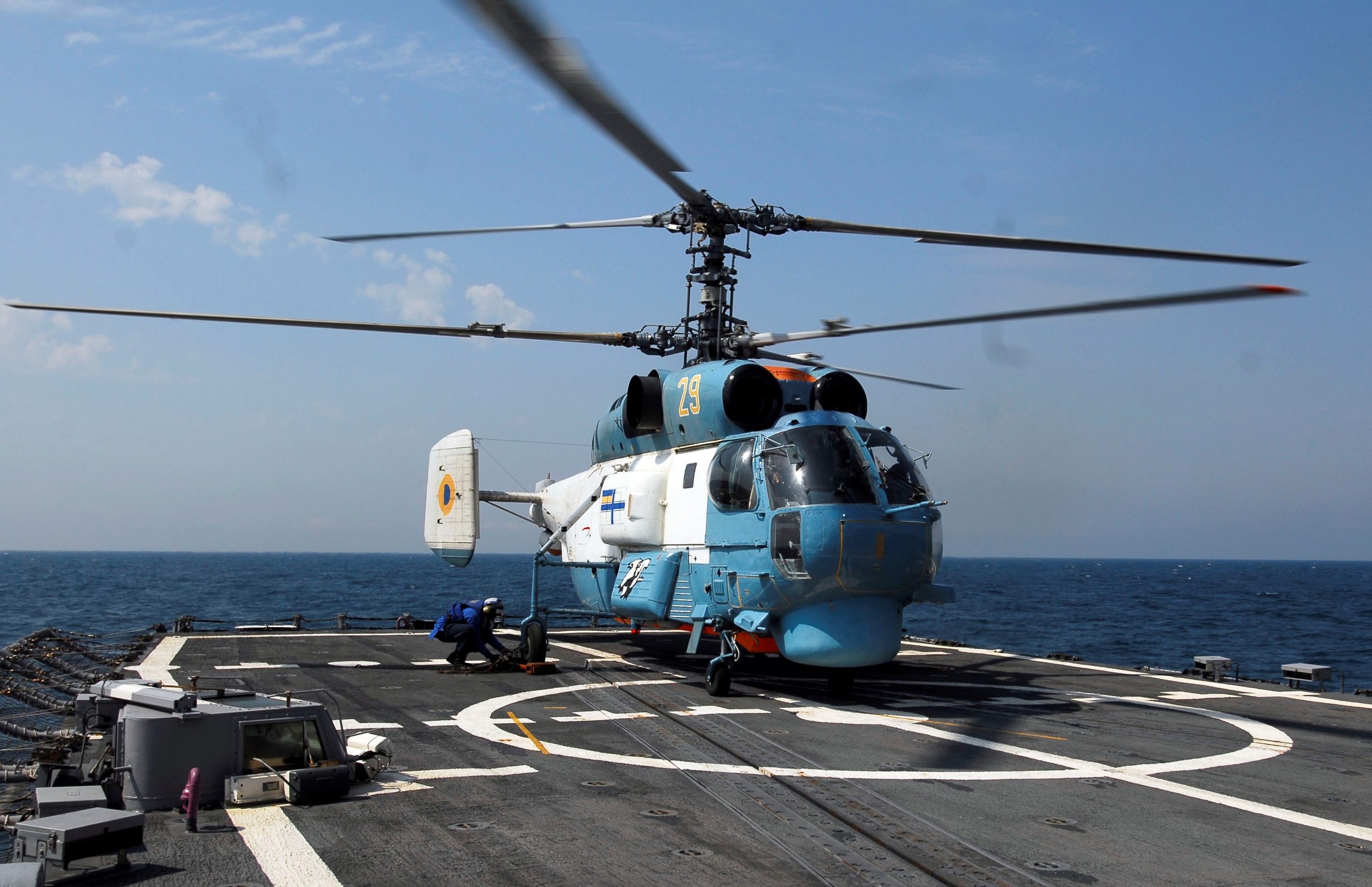
Ukrainian Ka-27 Helix aboard USS Taylor during NATO wargame Sea Breeze, 20JUL2010. USN photo by Petty Officer First Class Edward Kessler.
14AUG2012 video of NATO Portuguese Ka-32A11BC fighting fires:
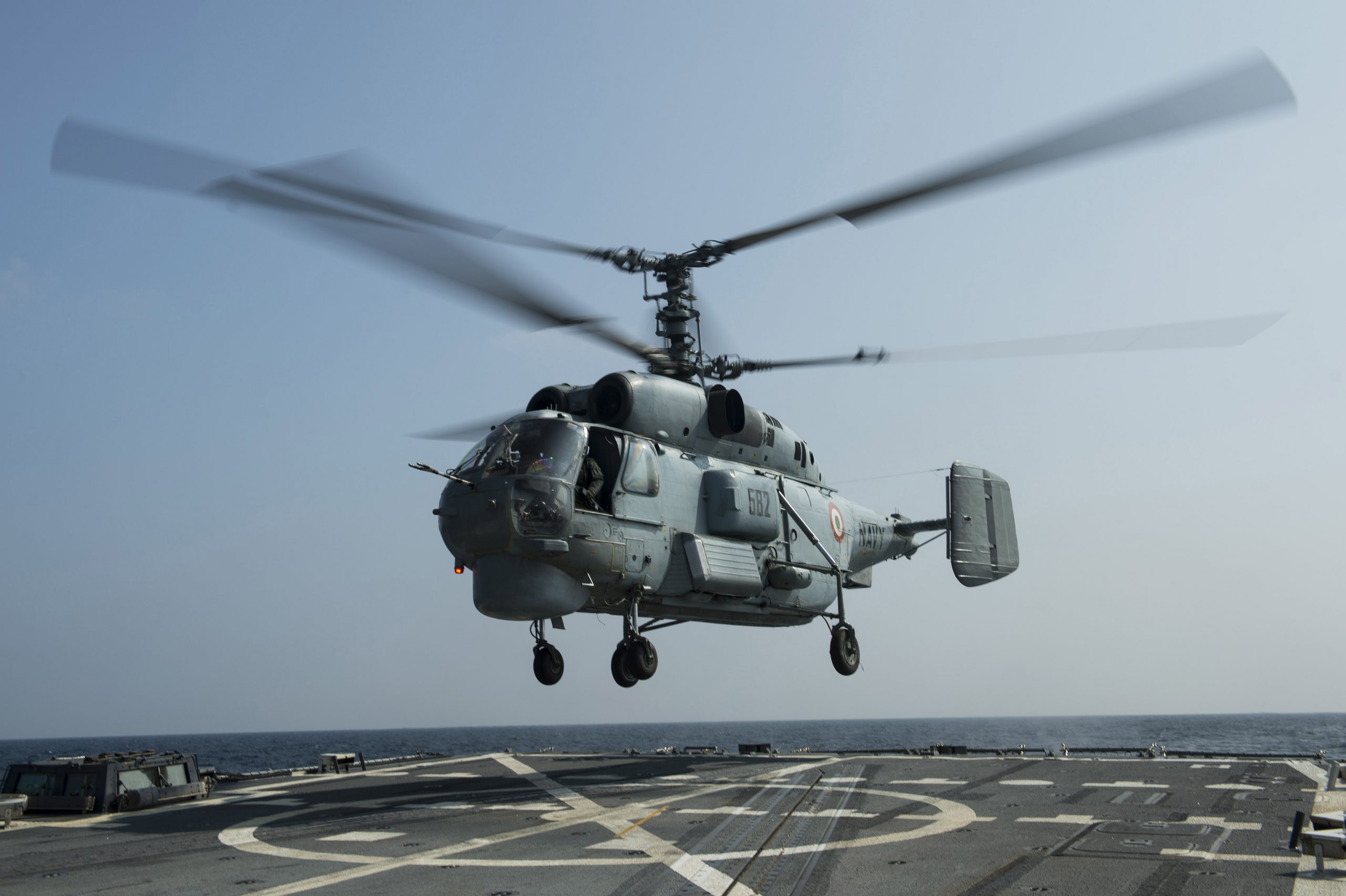
Indian Navy Ka-28 Helix lands on the flight deck of USS McCampbell (DDG 85), 07NOV2013. USN photo by Mass Communication Specialist Third Class Paul Kelly.
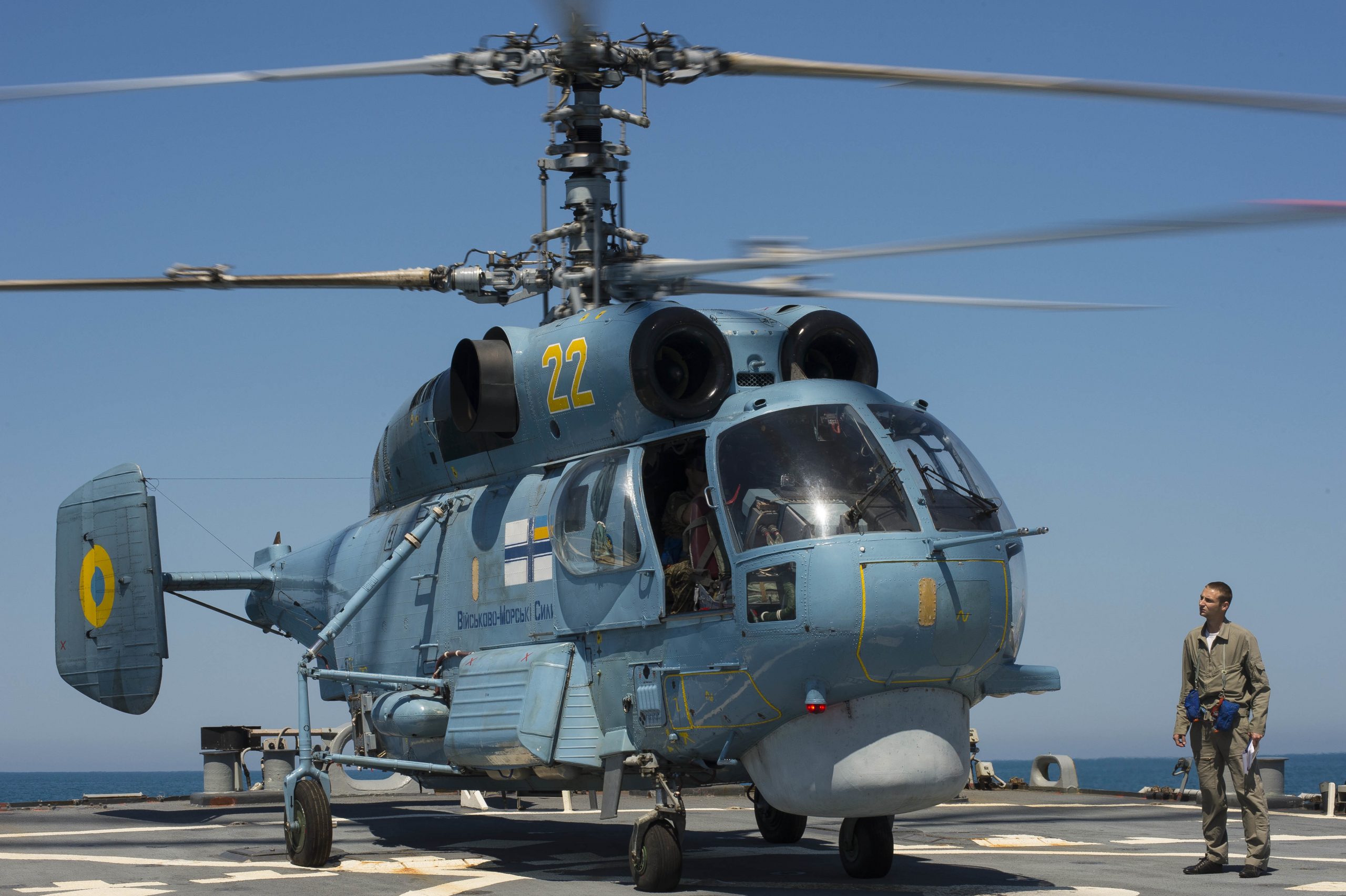
Ukrainian Helix aboard USS Ross (DDG 71) during a wargame, 02JUN2015. USN photo by Mass Communication Specialist Third Class Robert S. Price.
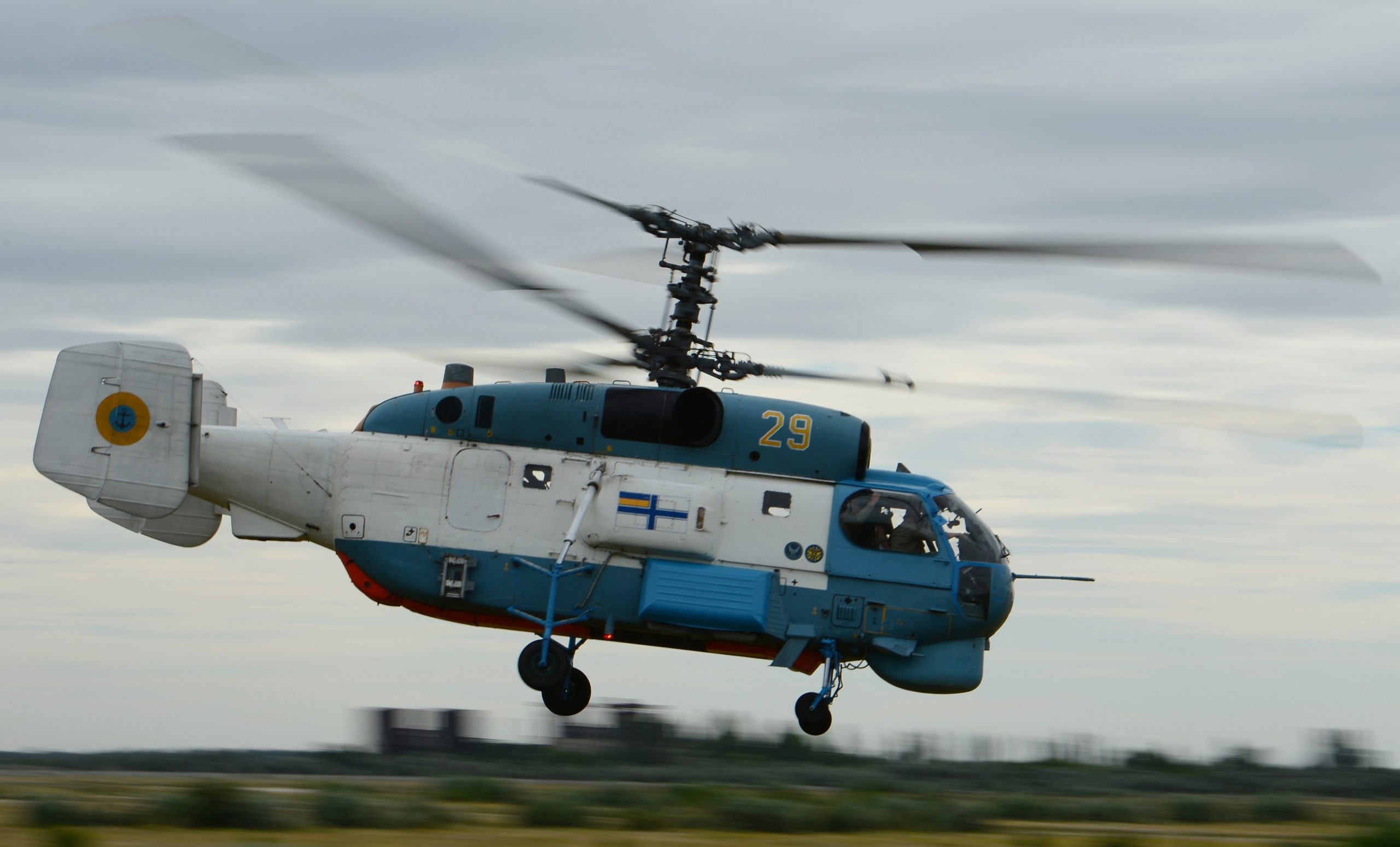
Ukrainian Ka-27 Helix during NATO’s Sea Breeze wargame, 22JUL2016. USN photo by Mass Communication Specialist First Class Justin Stumberg.
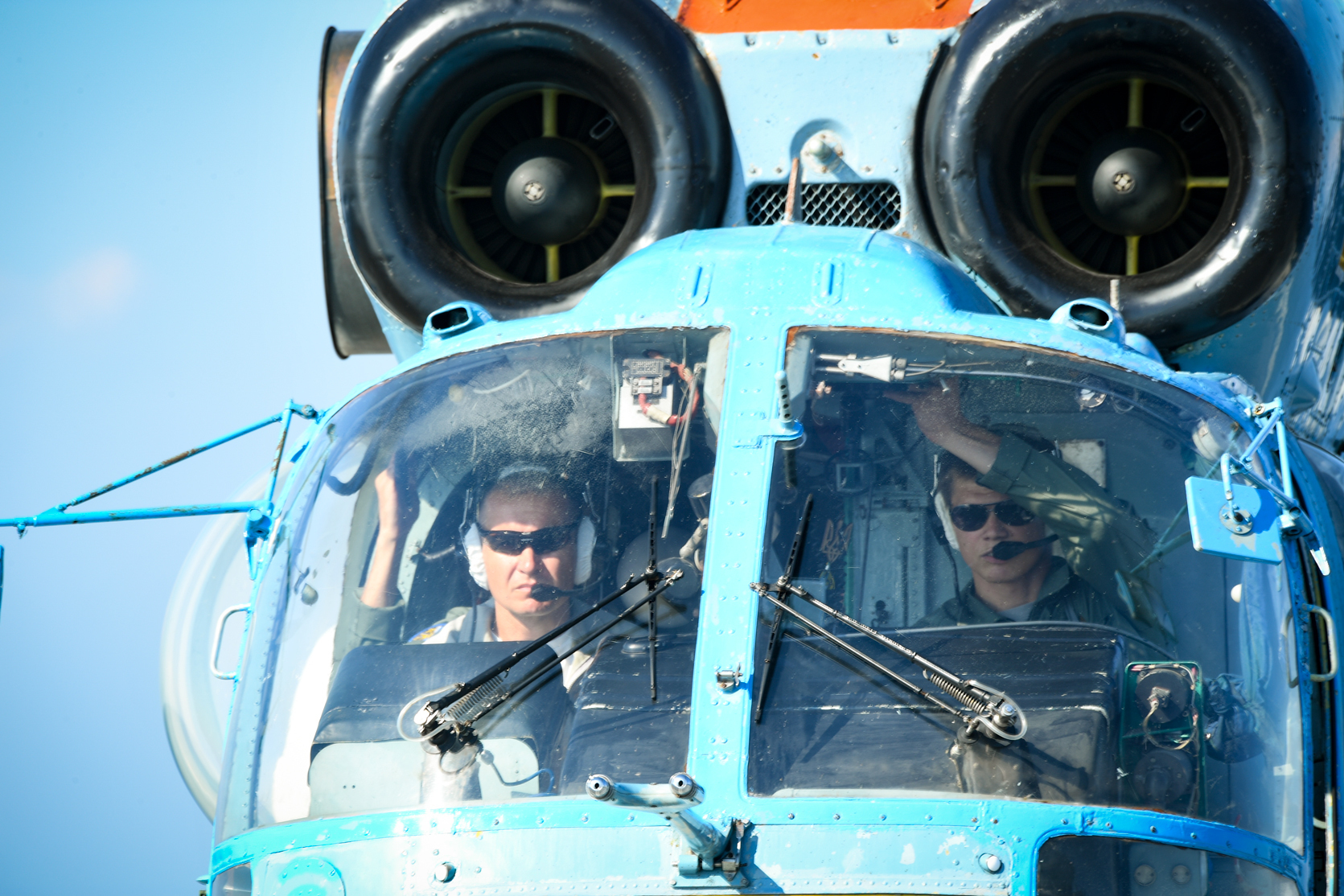
NATO wargame Sea Breeze, in The Black Sea, July 2018. A Ukrainian Kamov aboard the USS Mount Whitney (LCC 20). USN photo by Mass Communication Specialist First Class Justin Stumberg.
In September 2018, Russian Helicopters (which now includes Kamov) announced it had received more orders to build its latest version of the Helix, the Ka-32A11BC Heavy Utility Helicopter.
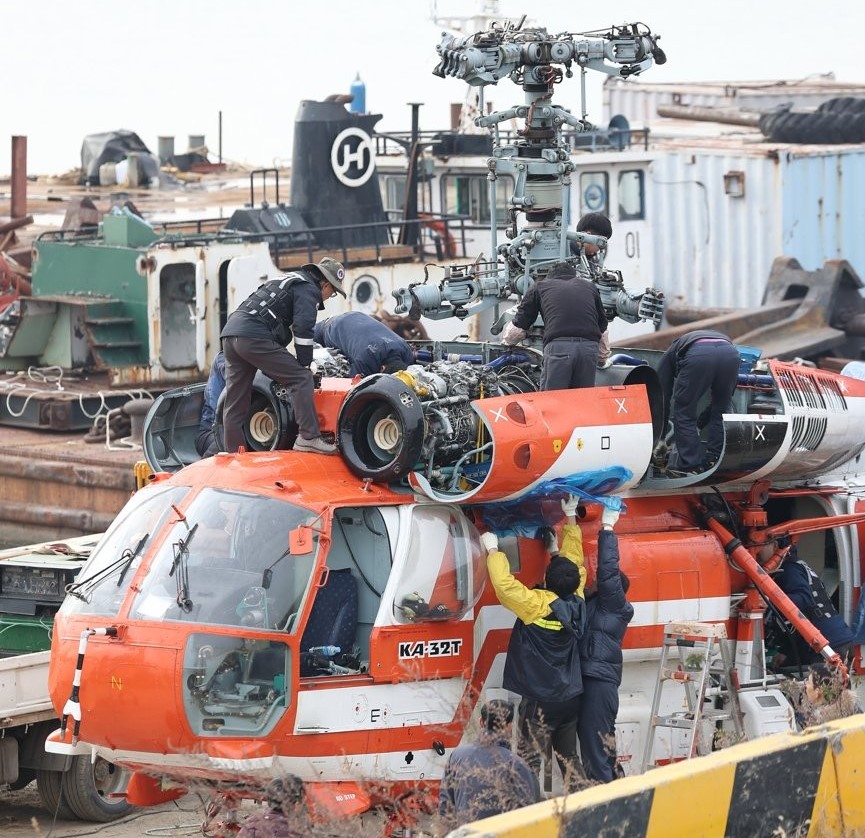
In December 2018, a Korean Ka-32T crashed into the Han River while fighting a wildfire. Two of the three crewmembers survived. The photo purports to show the same Ka-32T before the crash. Photo via Yonhap News Agency.
The Ka-32A11BC not only uses a bucket for fighting fires, it also uses a giant spray gun:
Russian Ministry of Defense video of the Ka-27 dropping bombs from its internal bomb bay, February 2020:
SWISSPOWERJET video of Ka-32 in action, April 2021:
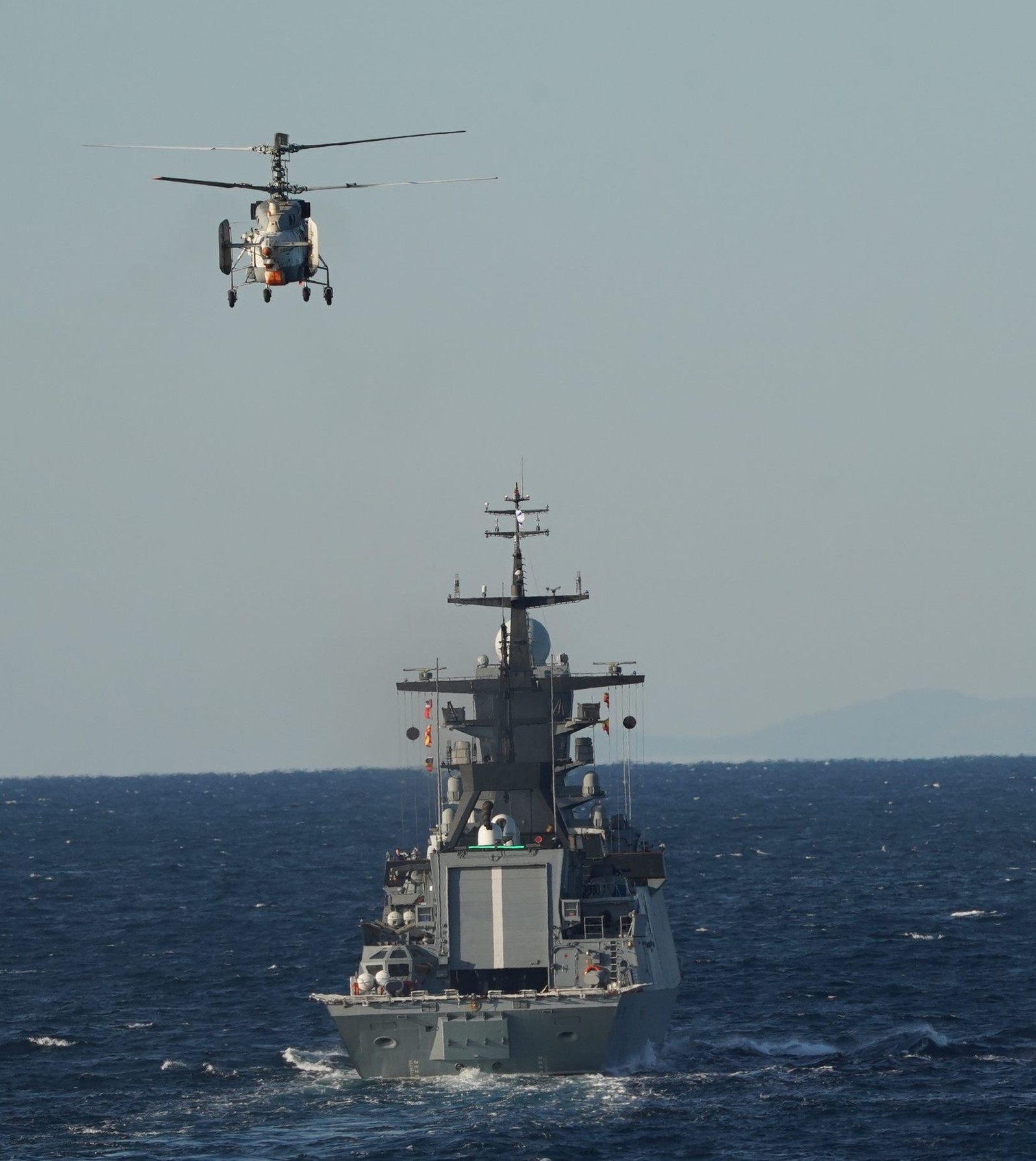
Russian Navy Ka-27 during joint China-Russia wargames in the Peter The Great Gulf, Sea of Japan, 15OCT2021. PLA-Navy photo by Sun Jingang.
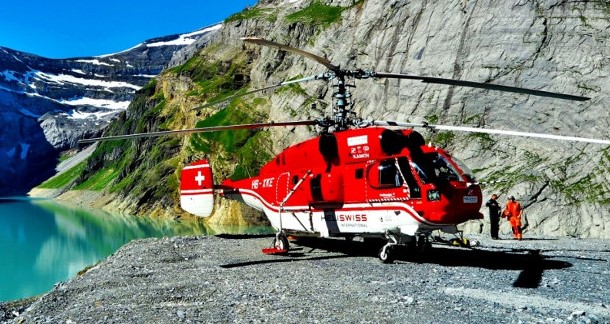
HeliSwiss Ka-32. Since March 2022, and because of the Ukraine Crisis, the European Union has suspended certificate approval for Kamov helicopters operated by EU members.
In this People’s Liberation Army (PLA)-Navy video, about bad weather helicopter training, you can see a Ka-28 Helix, 31MAY2022:
In November 2021, Rostec (aka State Corporation for Assistance to Development, Production and Export of Advanced Technology), revealed that flight testing for the latest fire-fighting version began. It is called the Ka-32A11M.
Cold War Helicopters:  KAMOV 25 ‘HORMONE’
KAMOV 25 ‘HORMONE’
Cold War to Ukraine Crisis:  F-15 EAGLE NOW 50 YEARS OLD
F-15 EAGLE NOW 50 YEARS OLD
MTLB, USED BY U.S., NATO, AND STILL USED BY RUSSIA!

